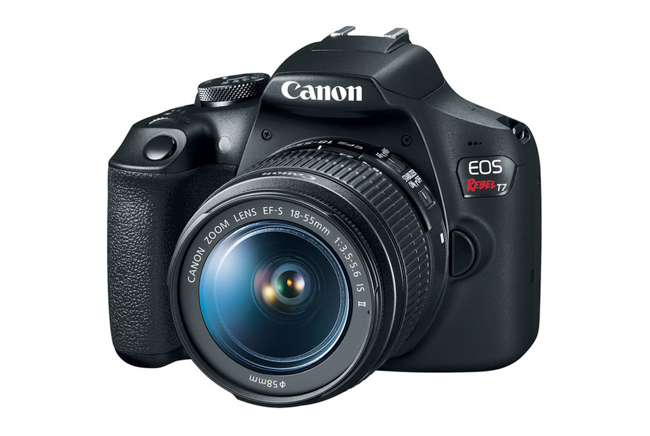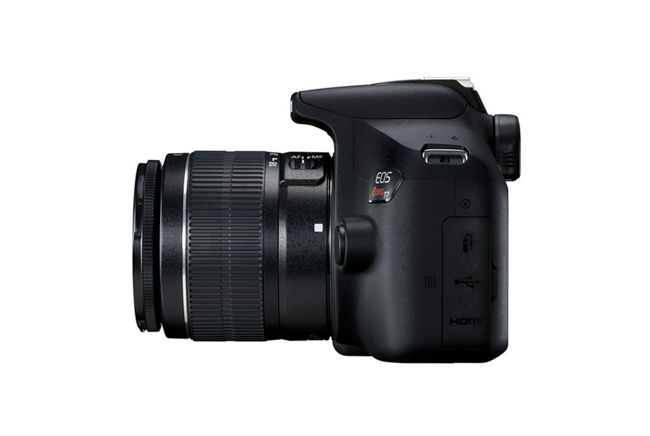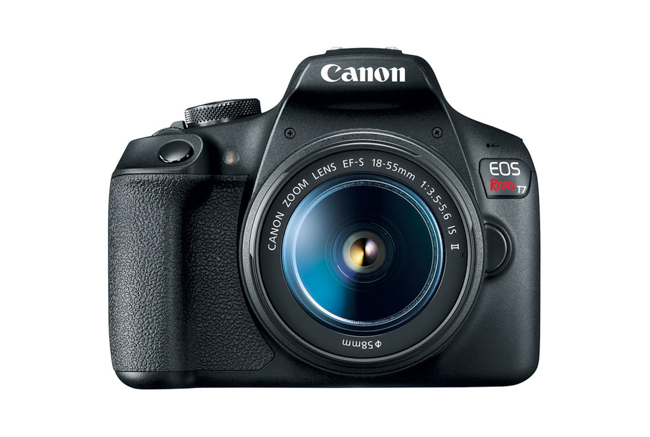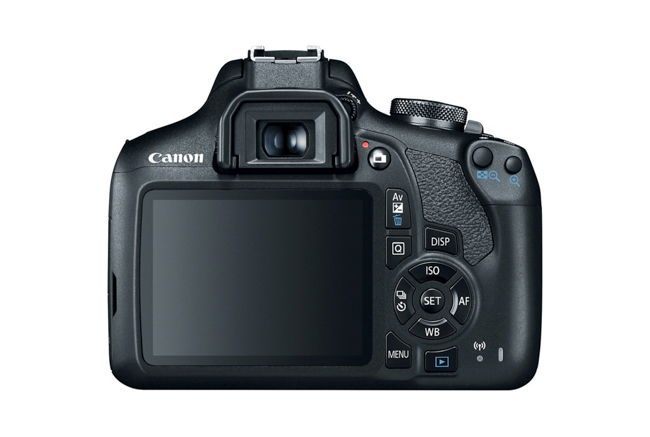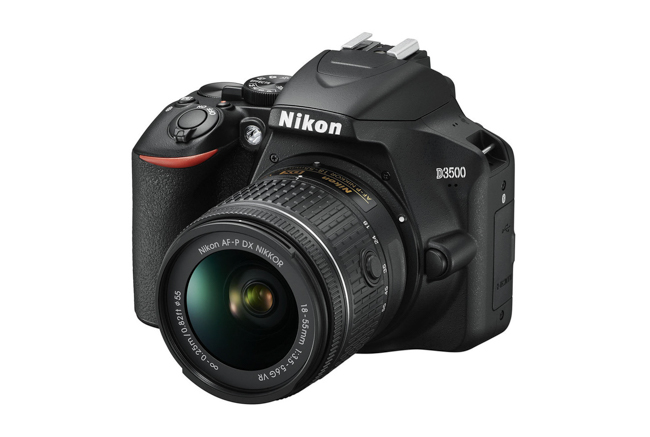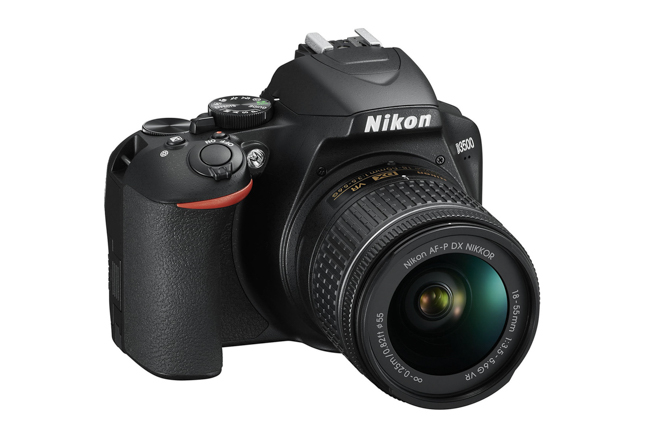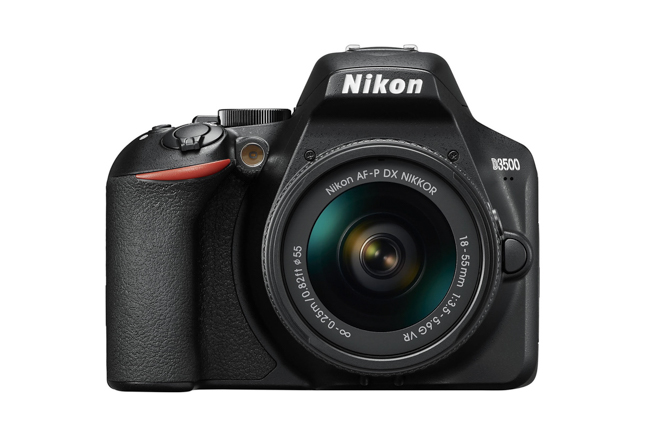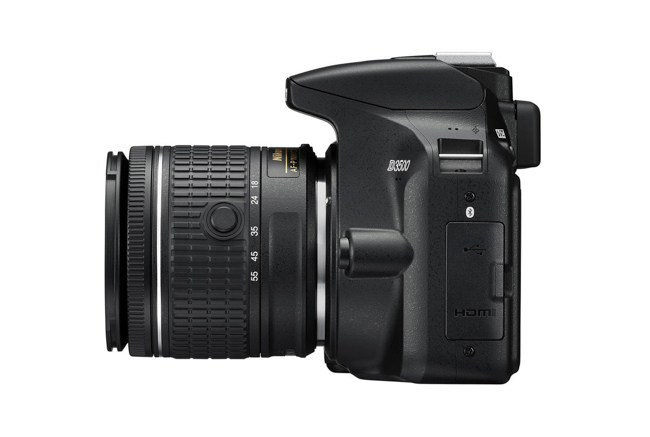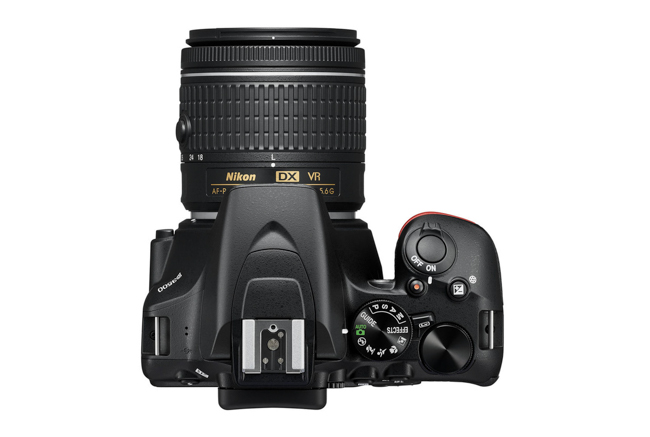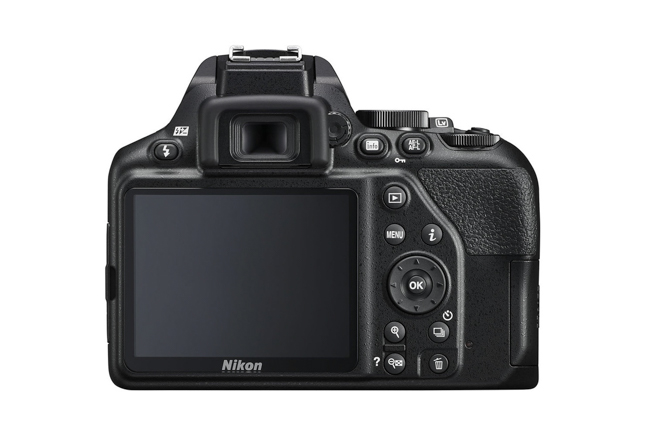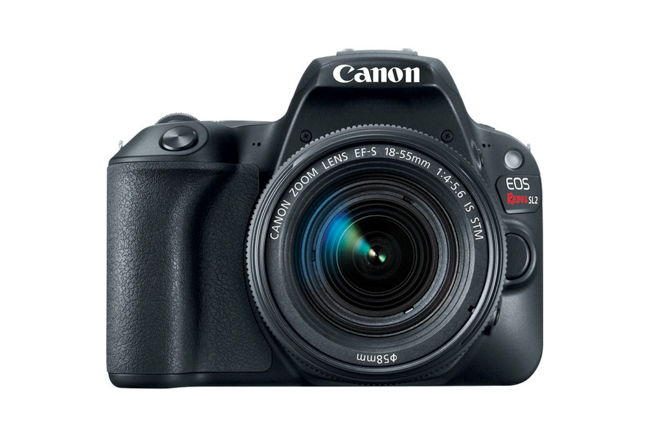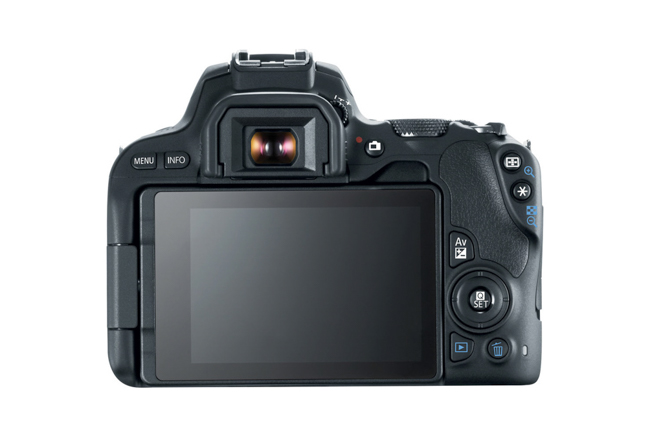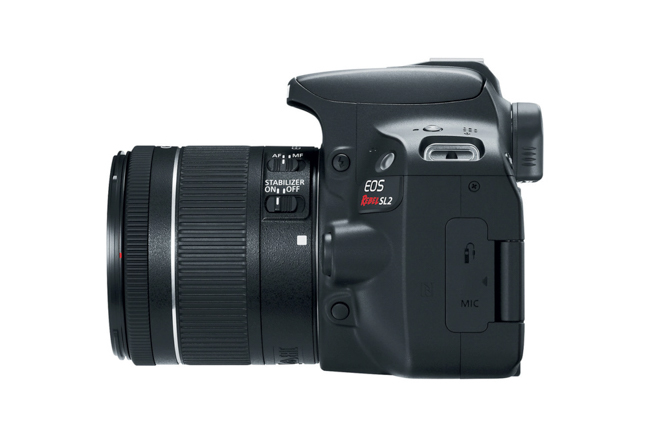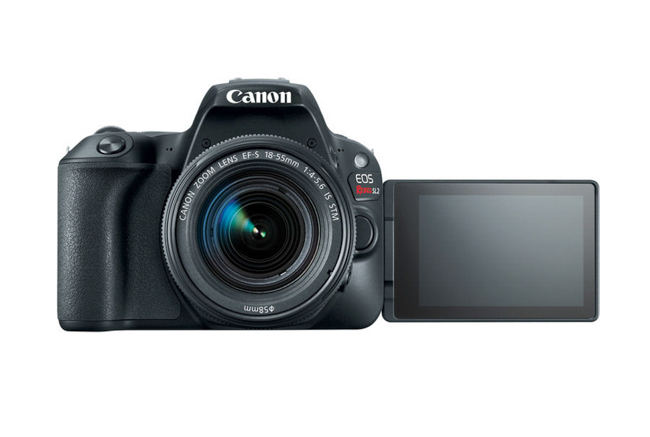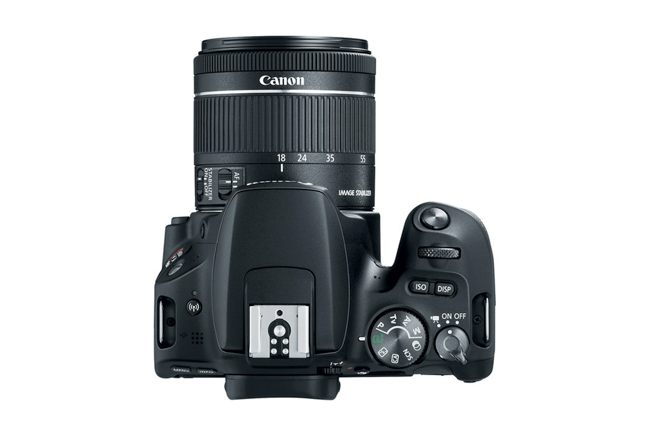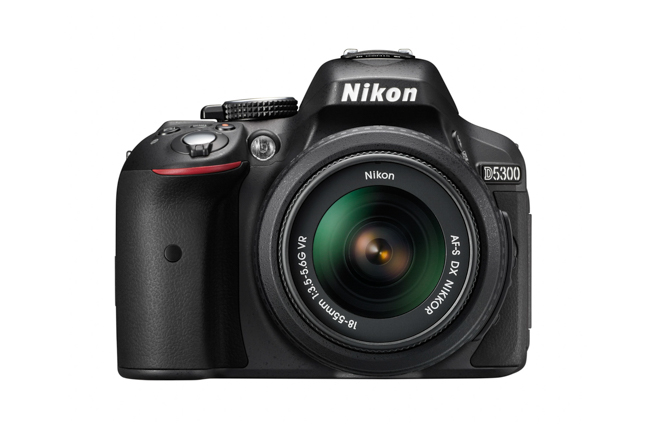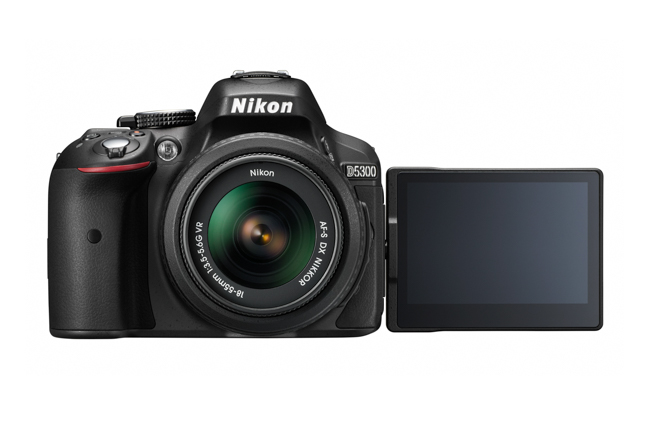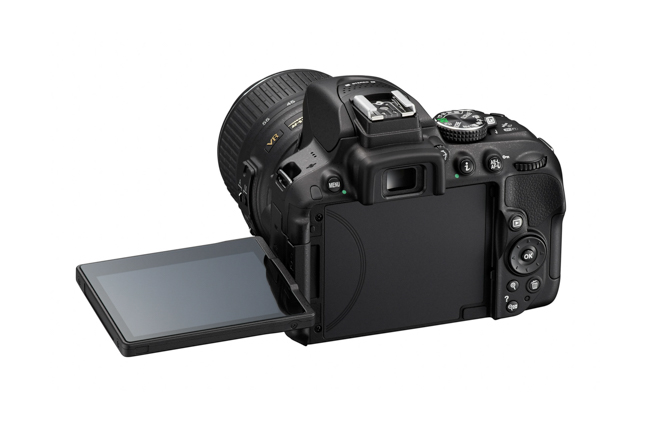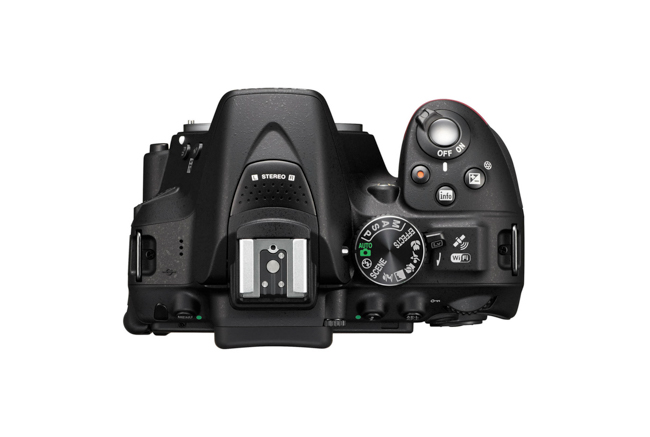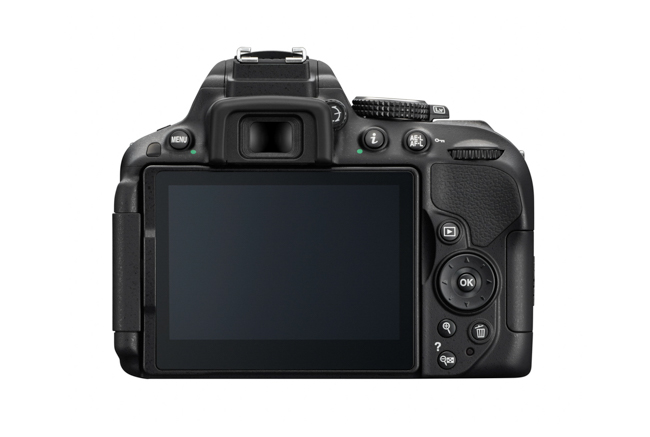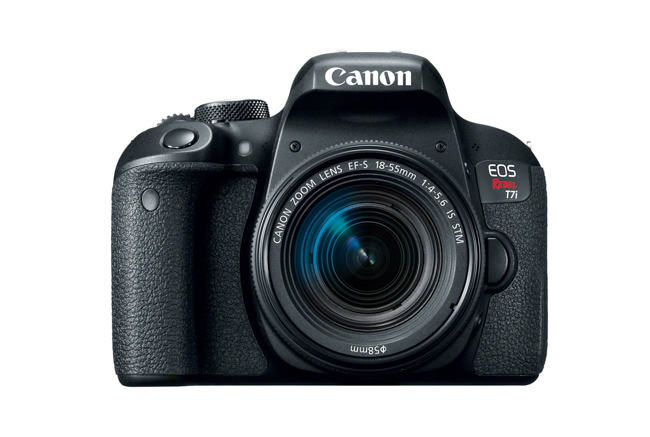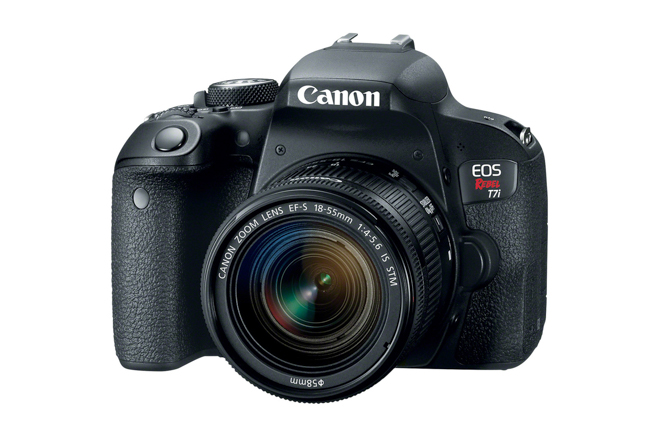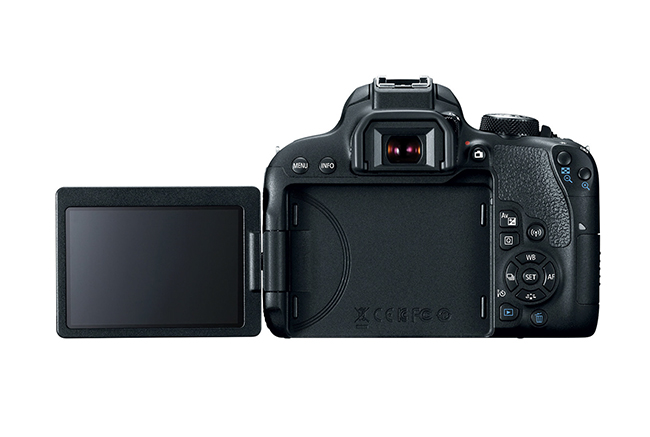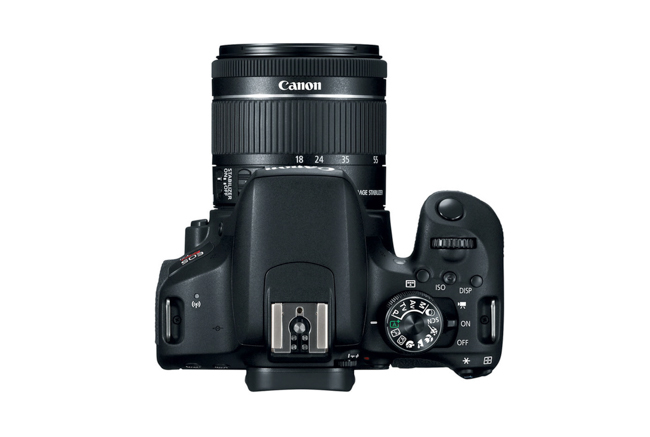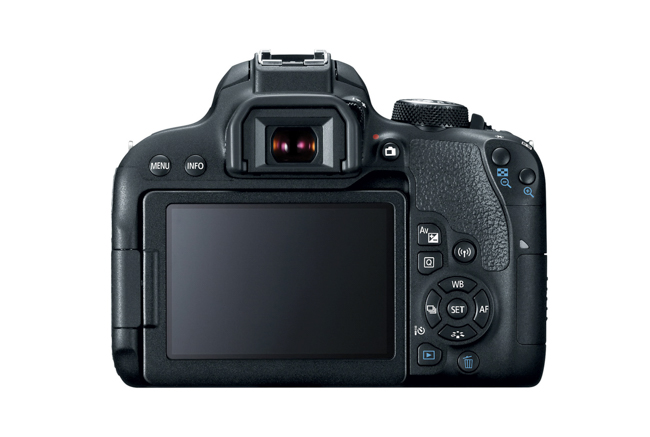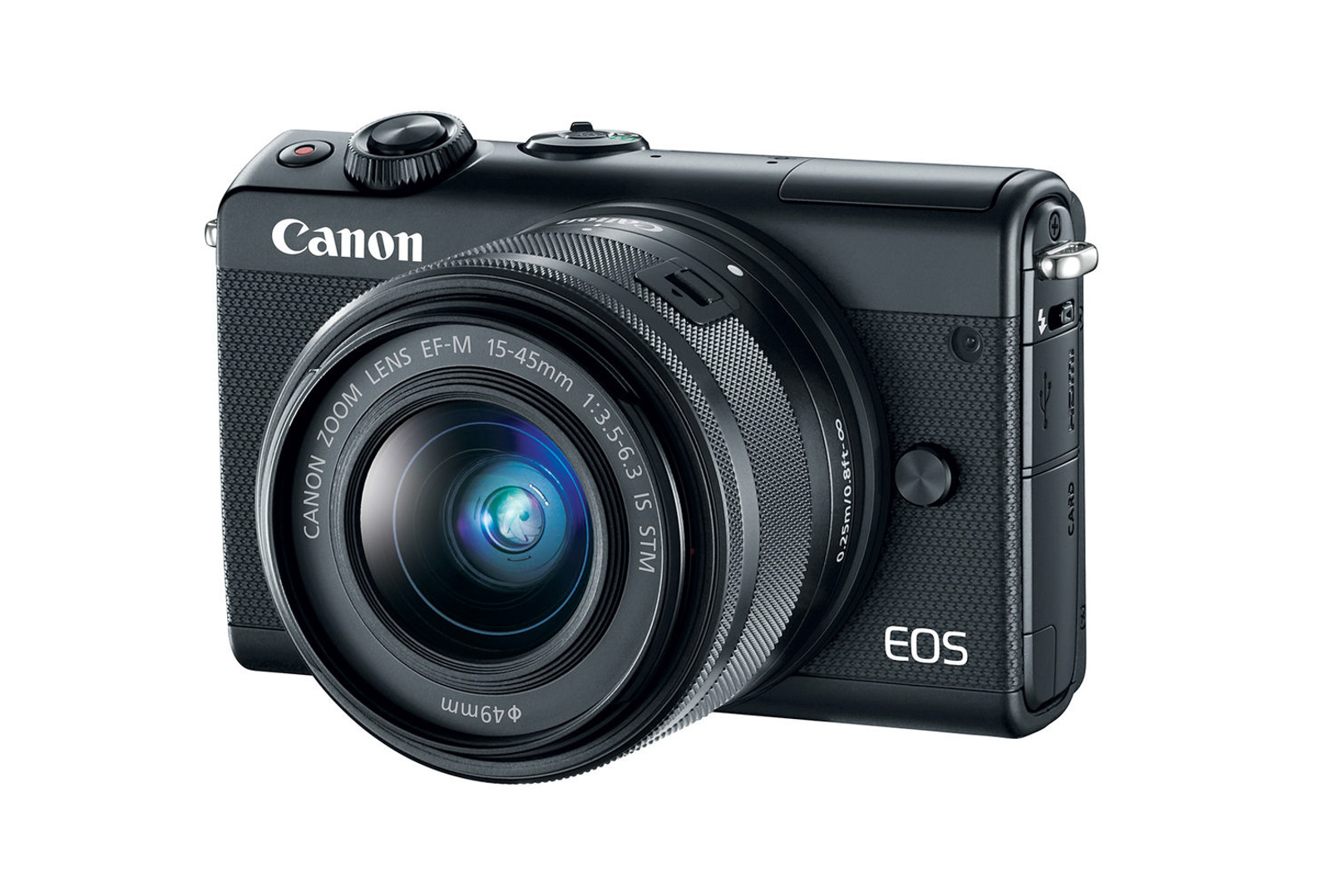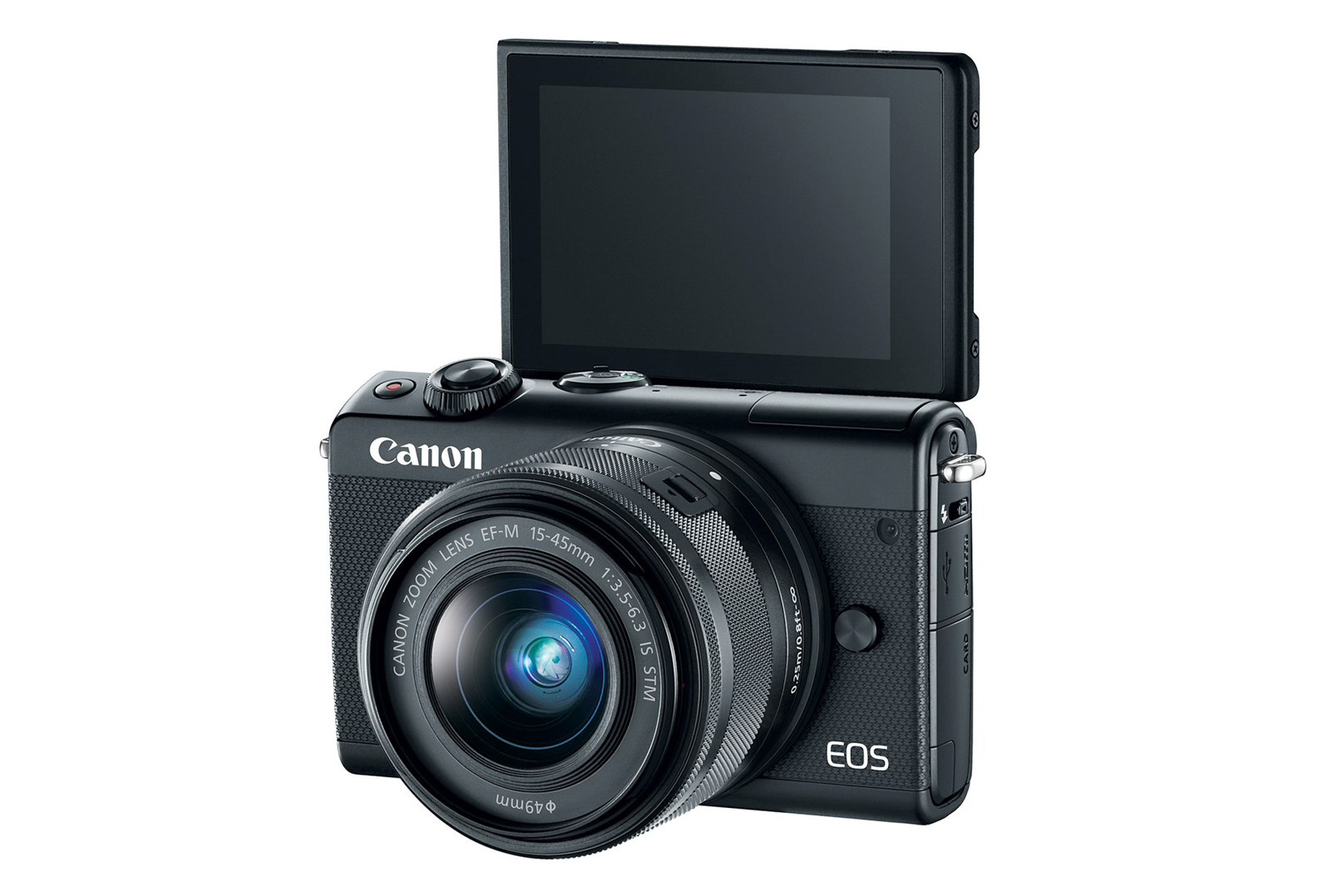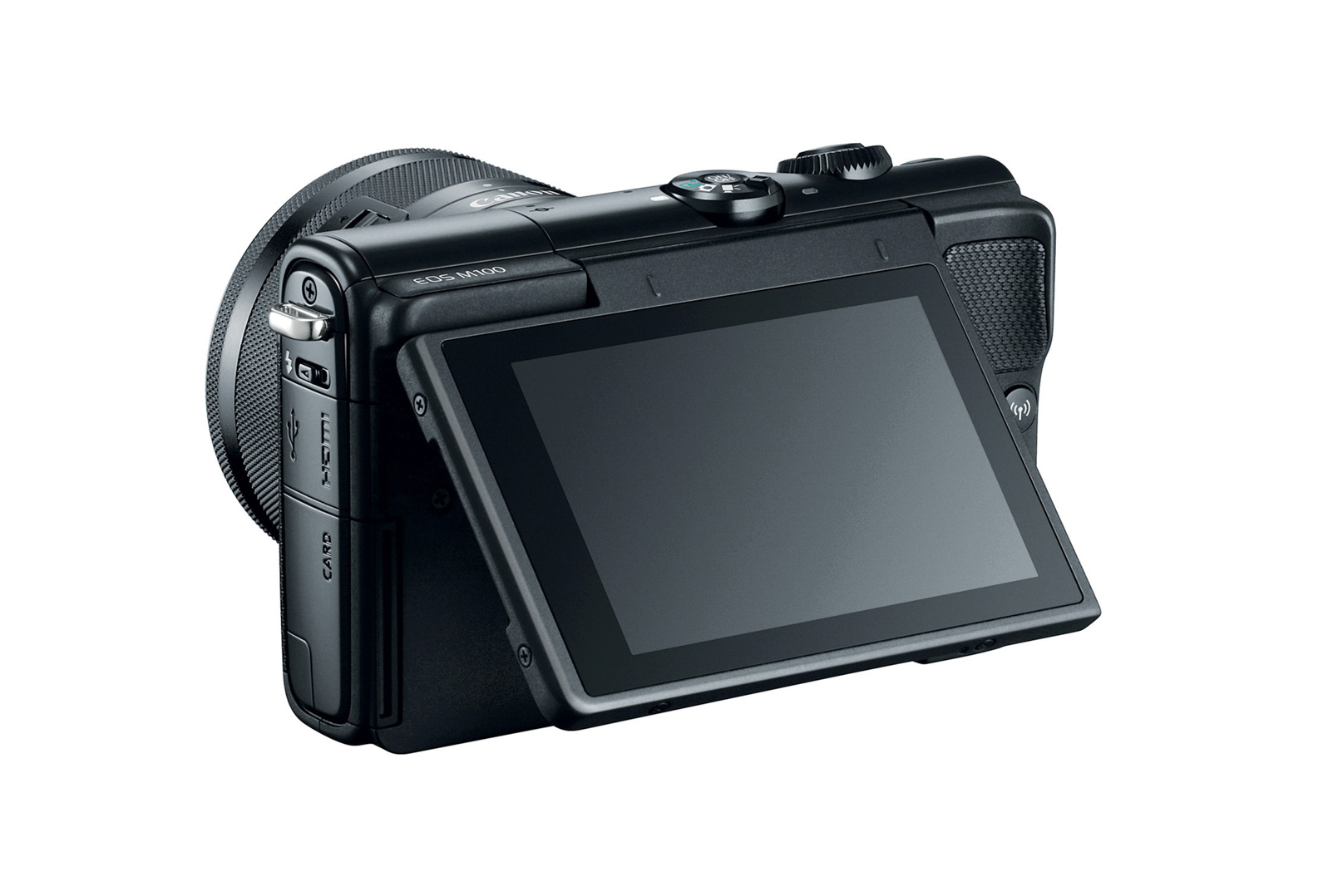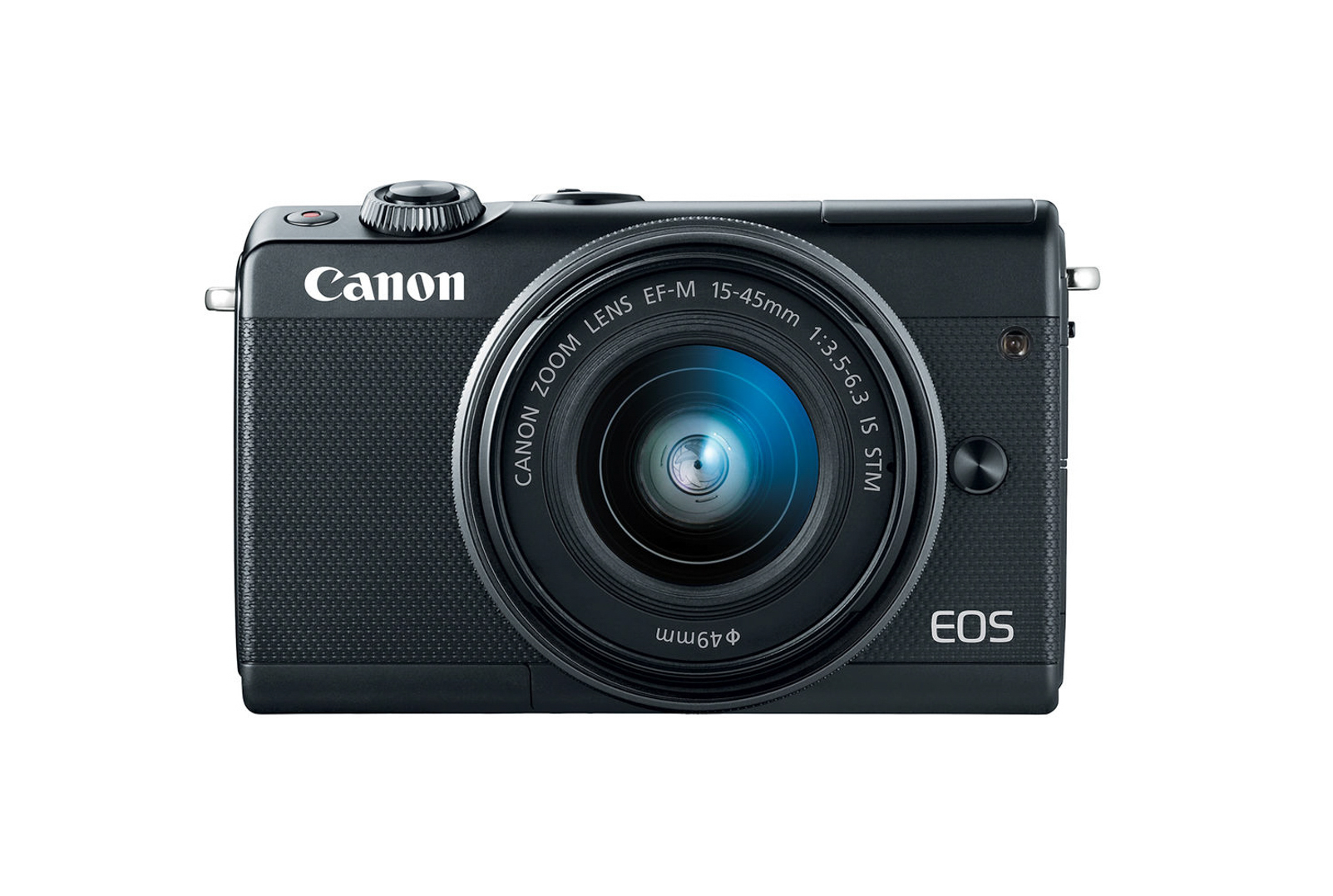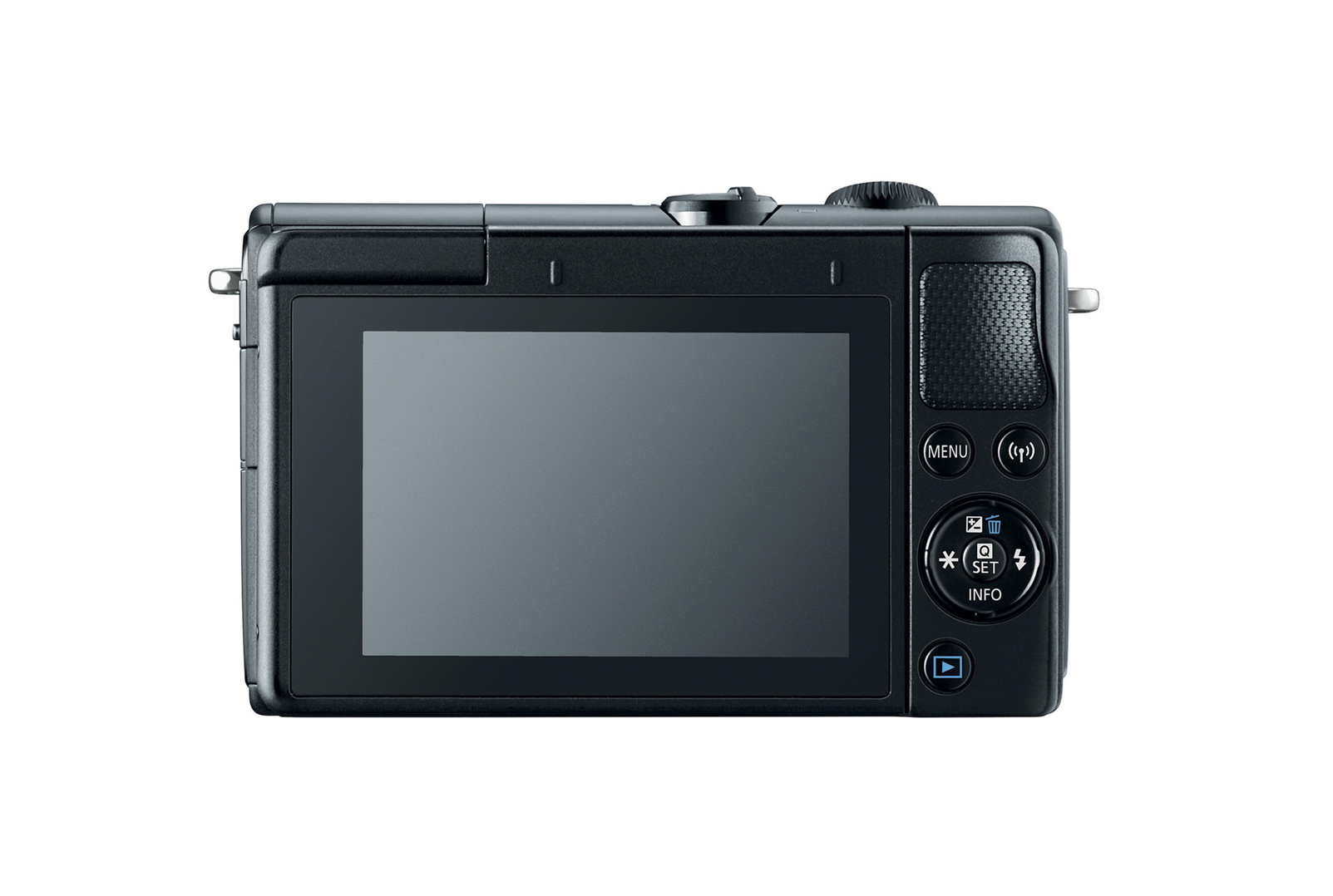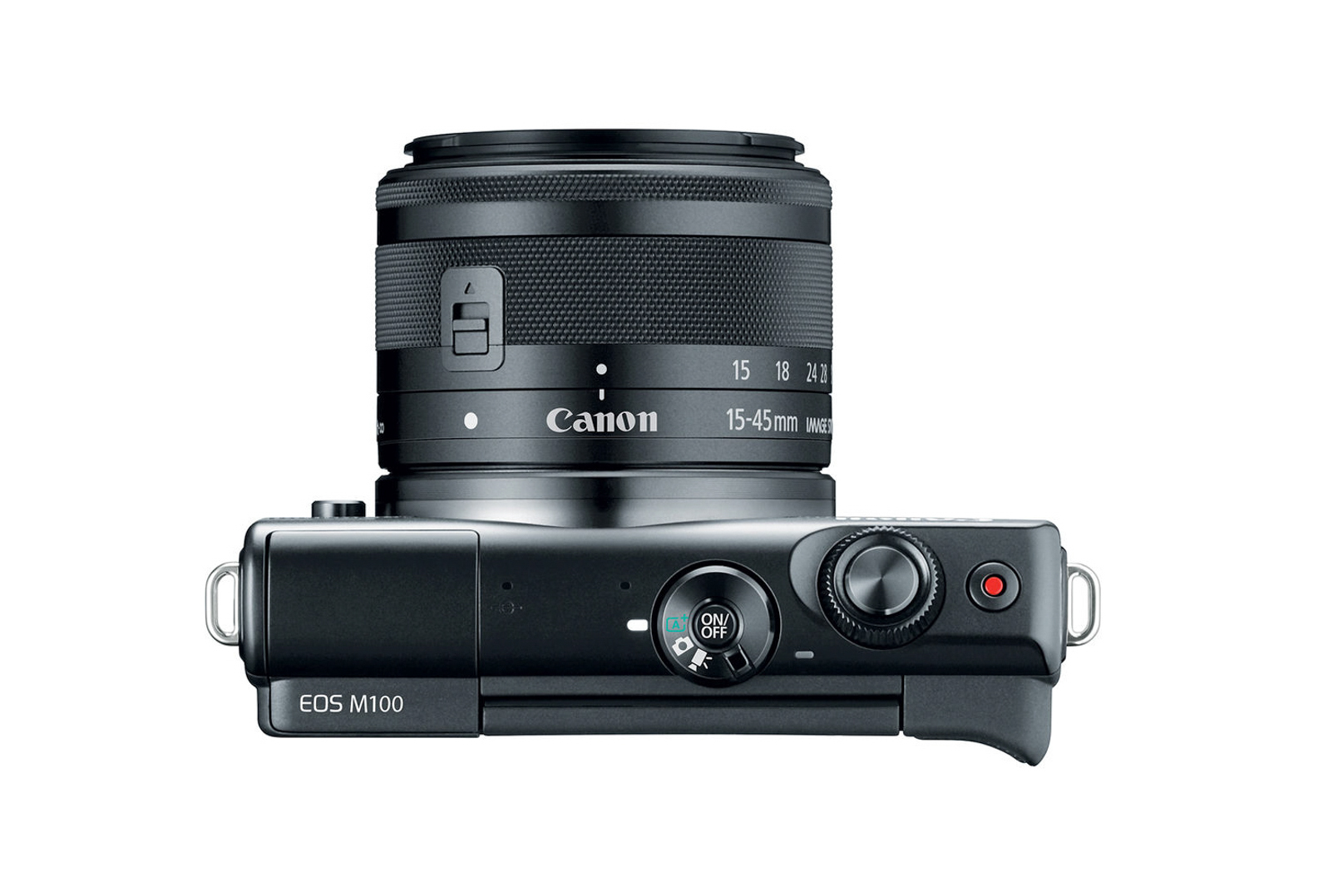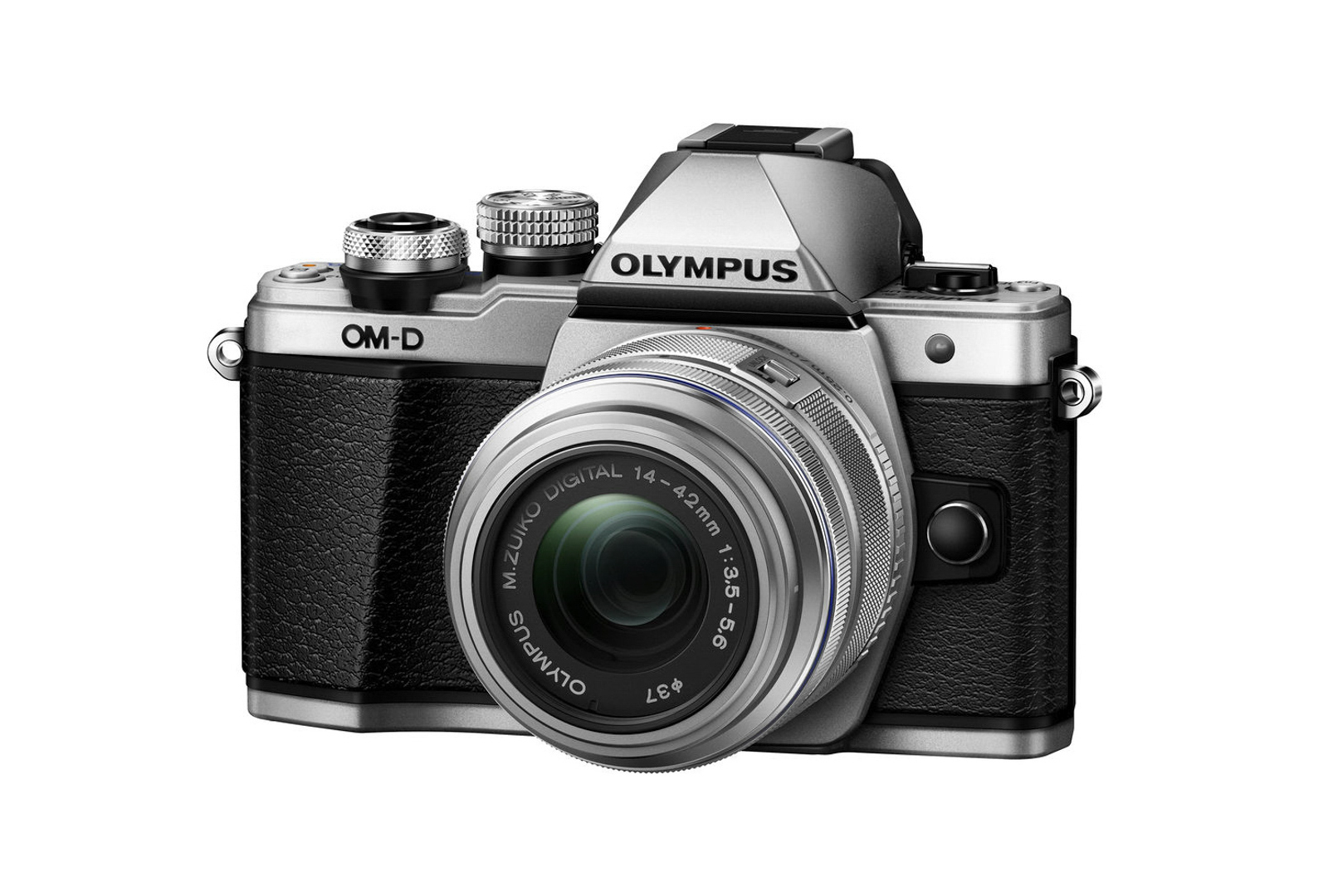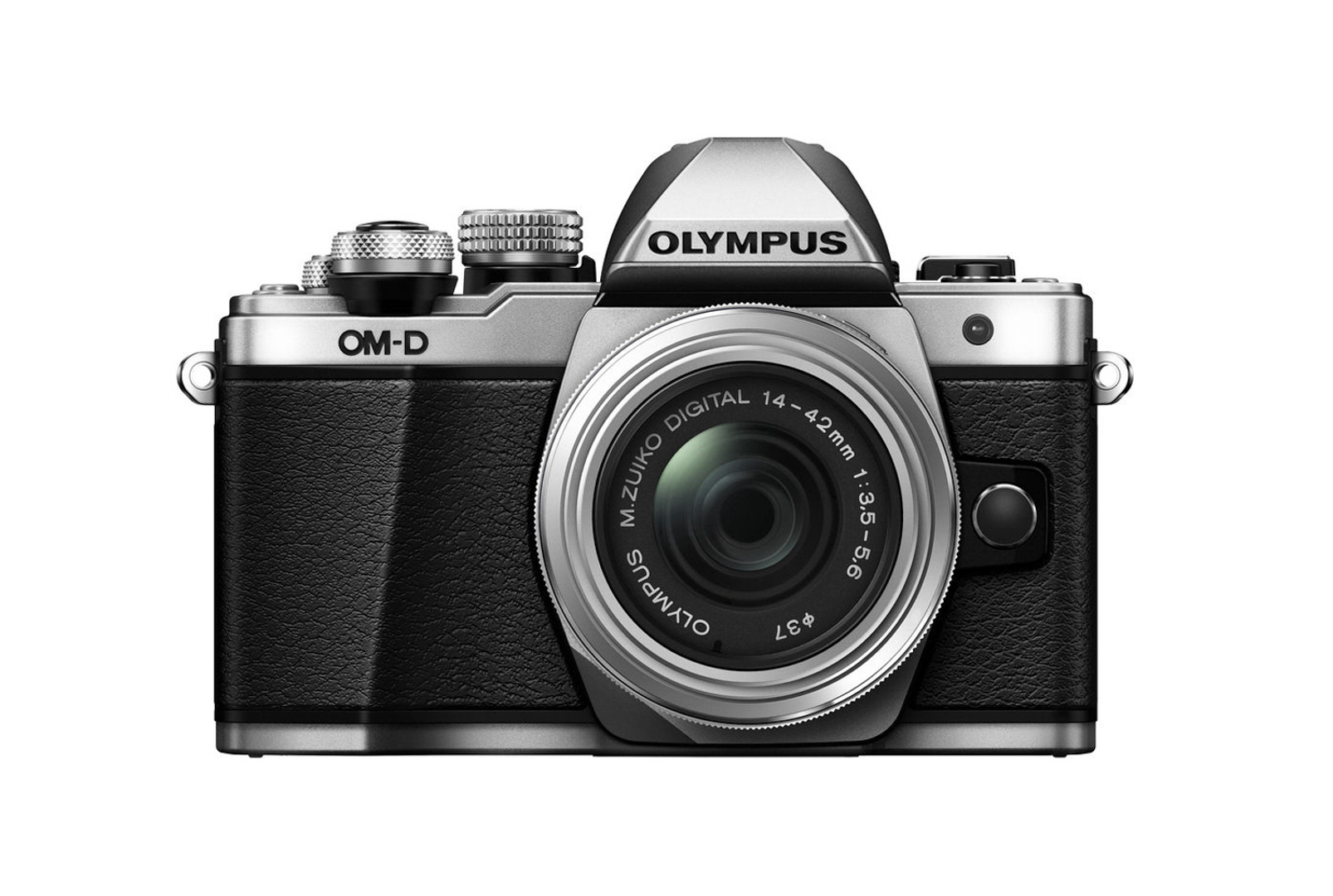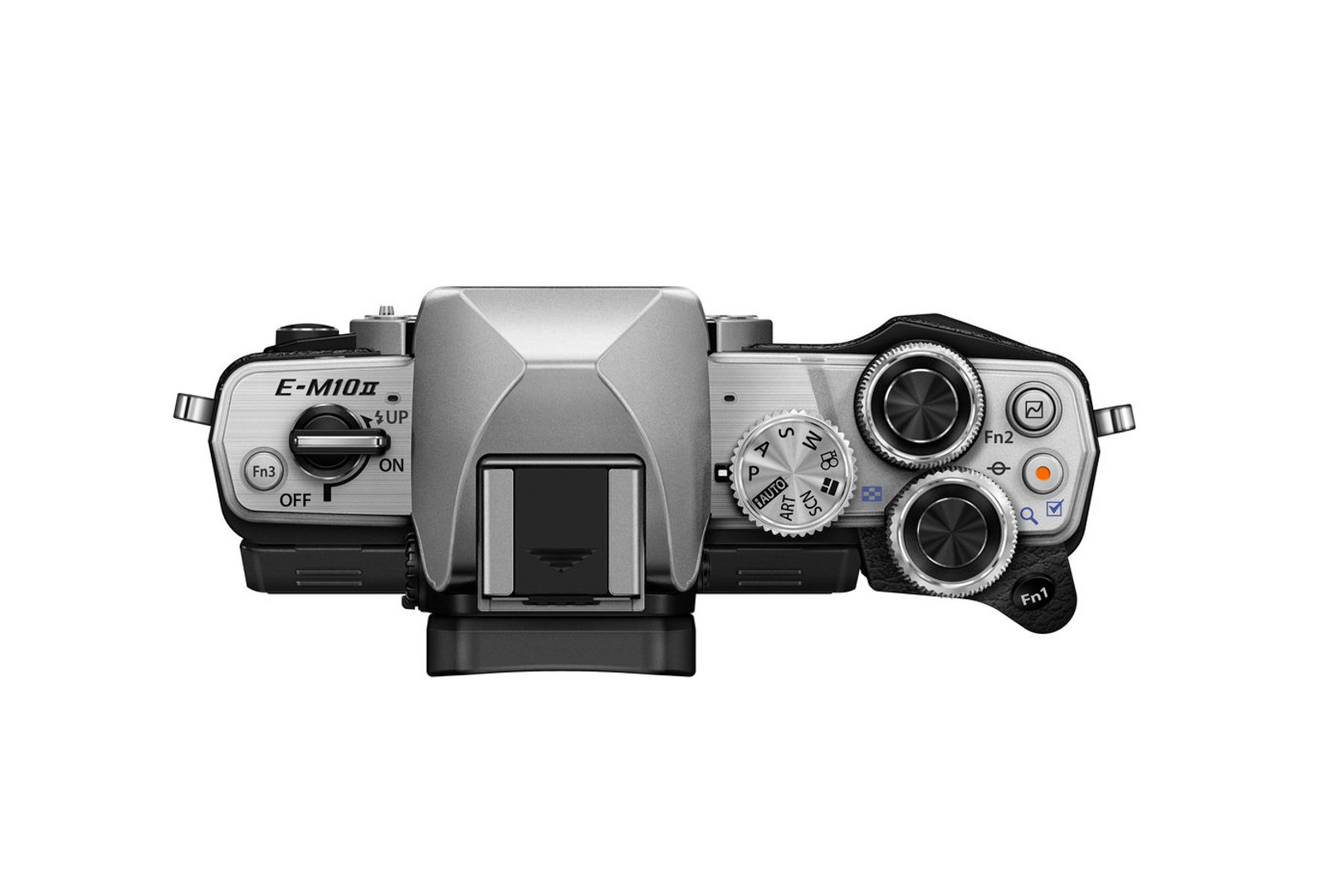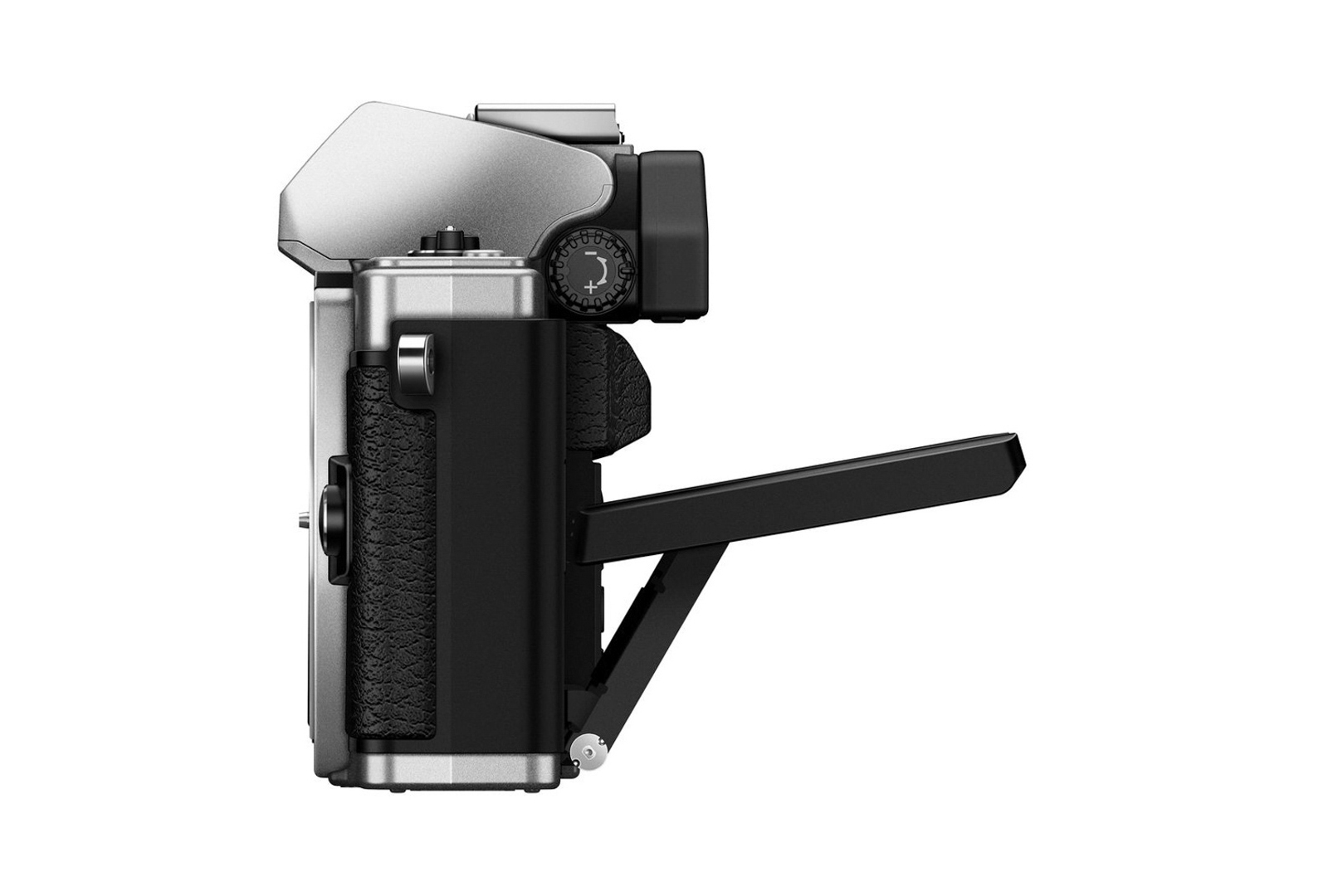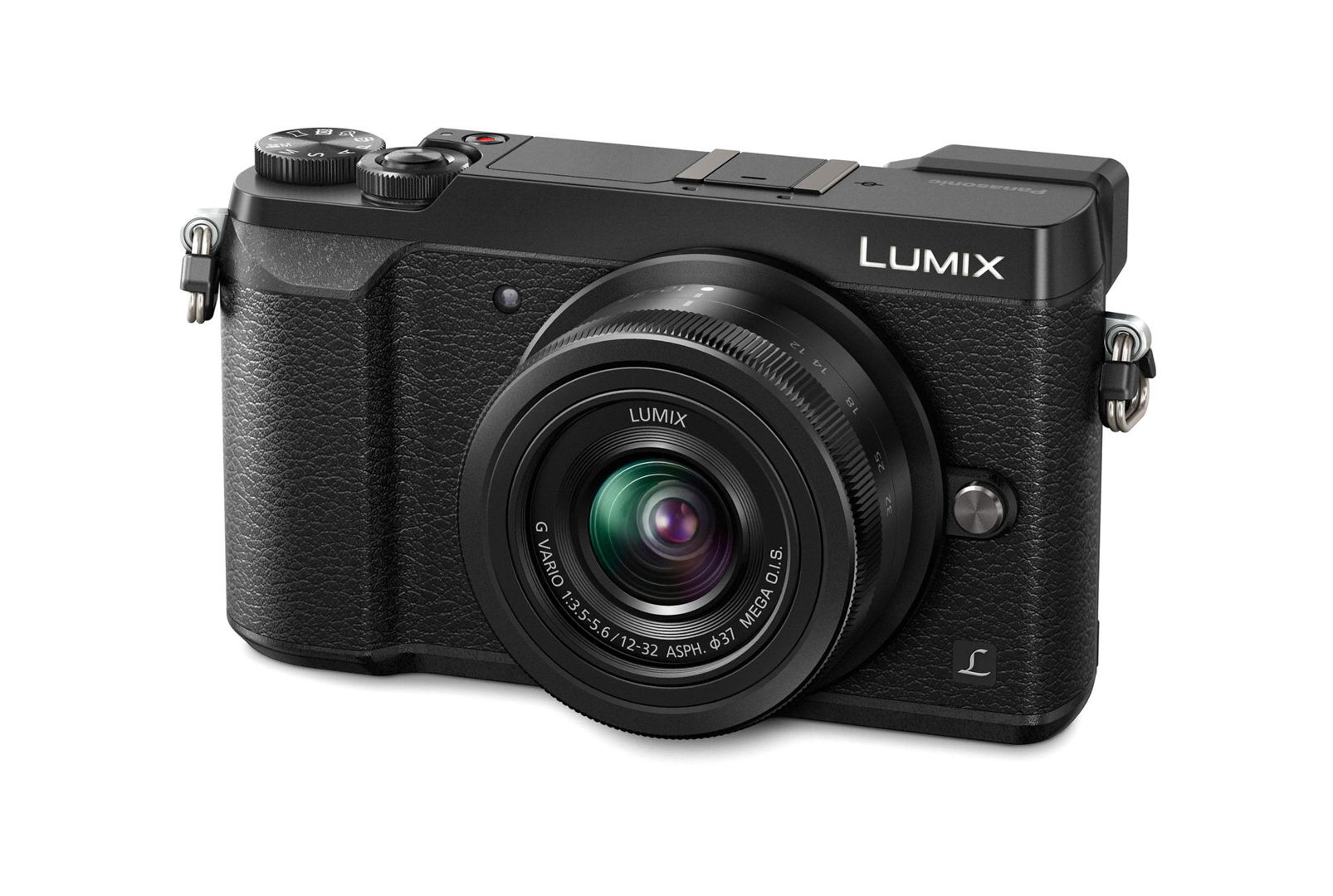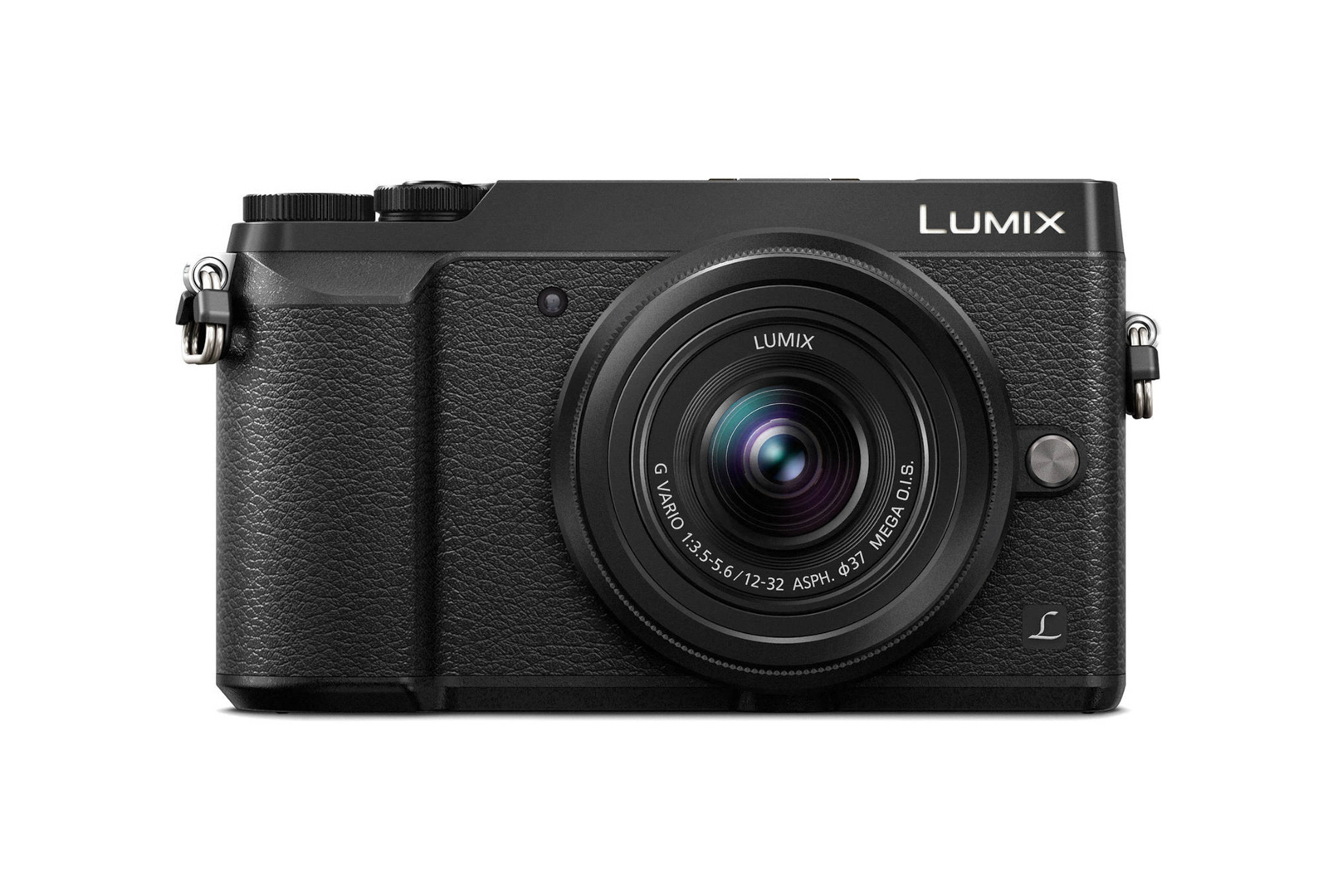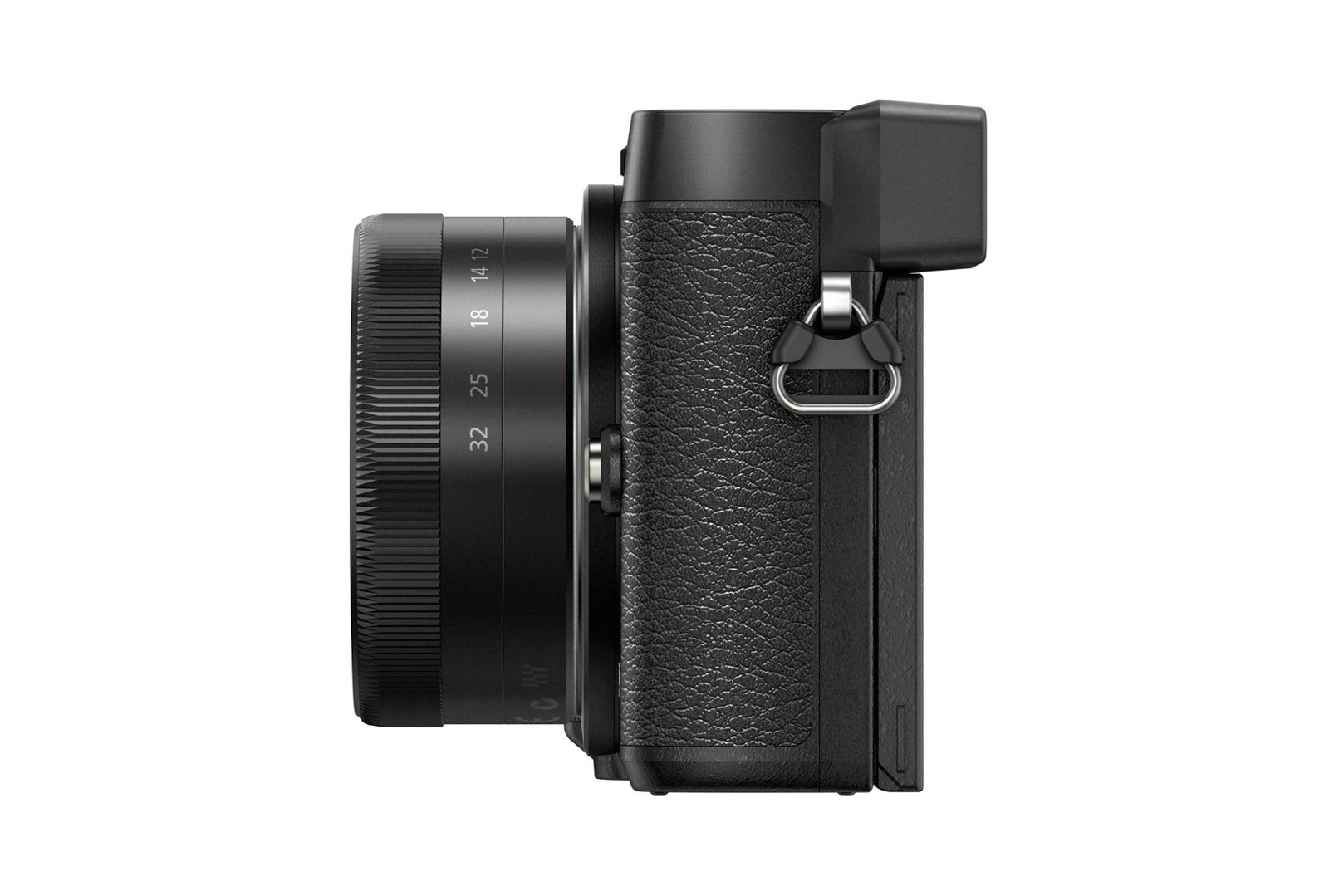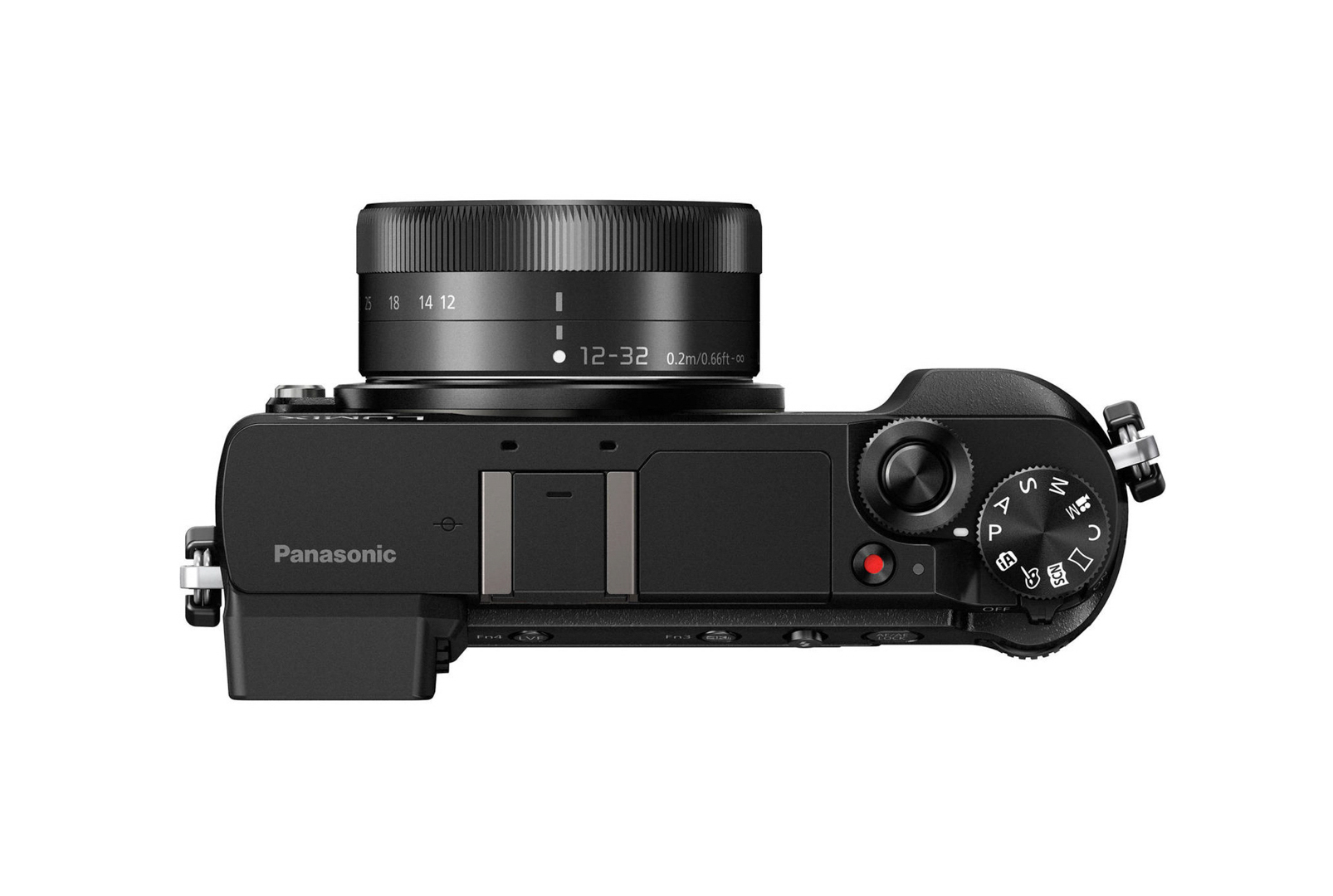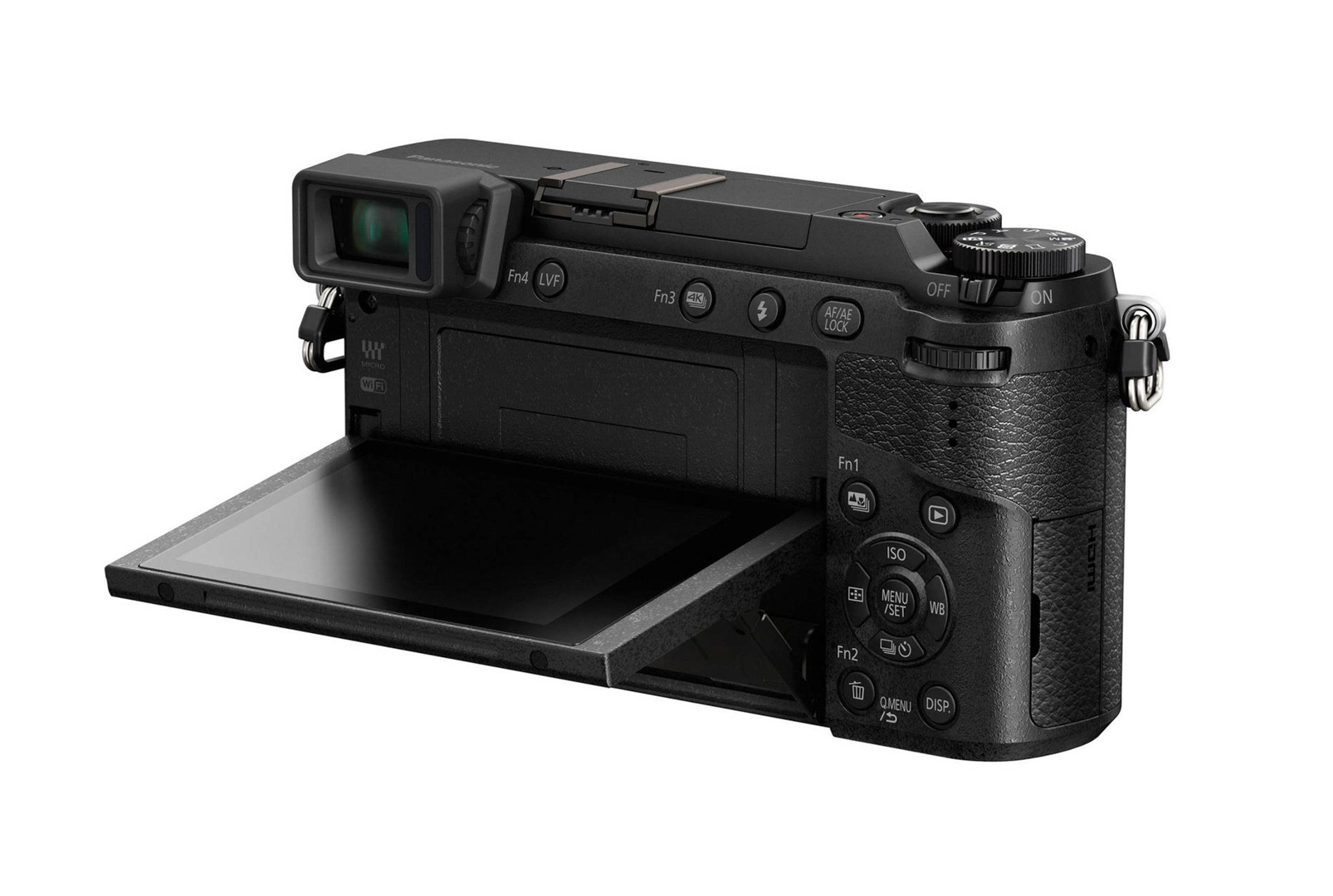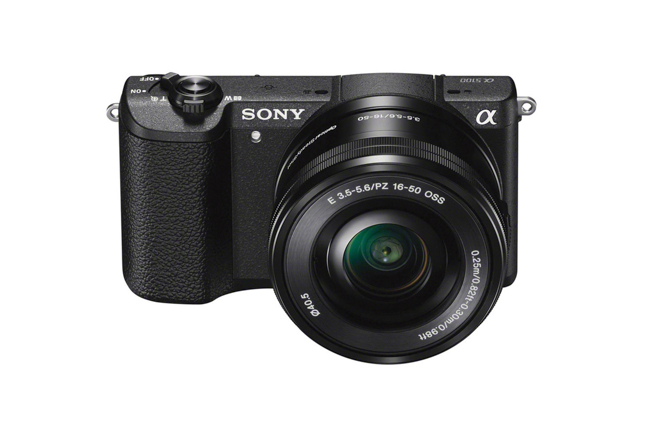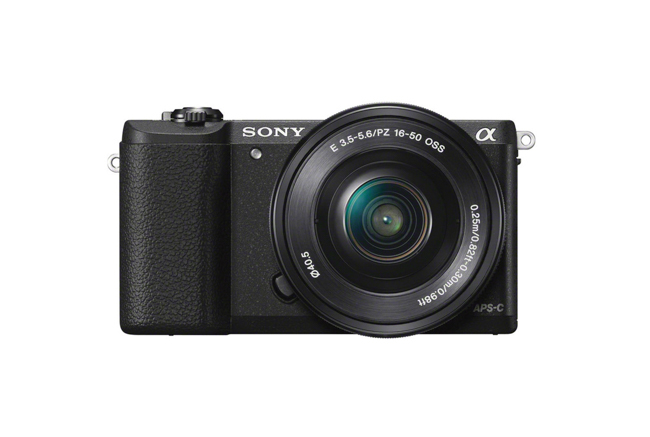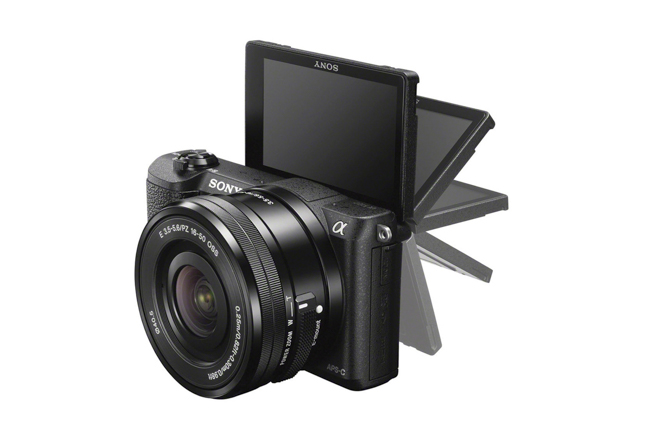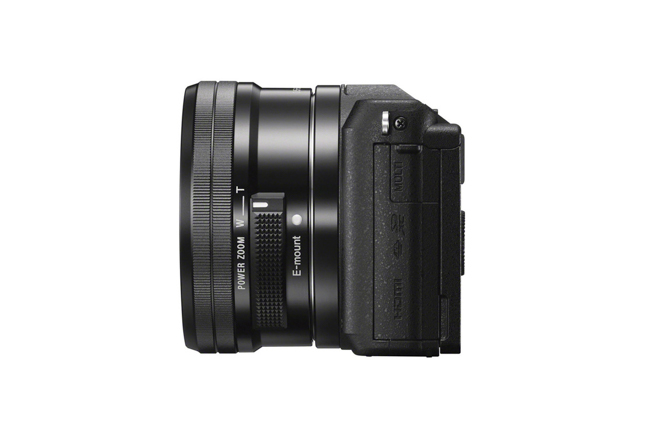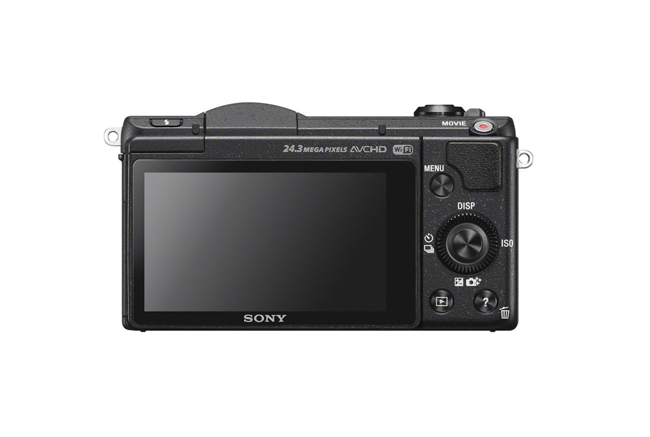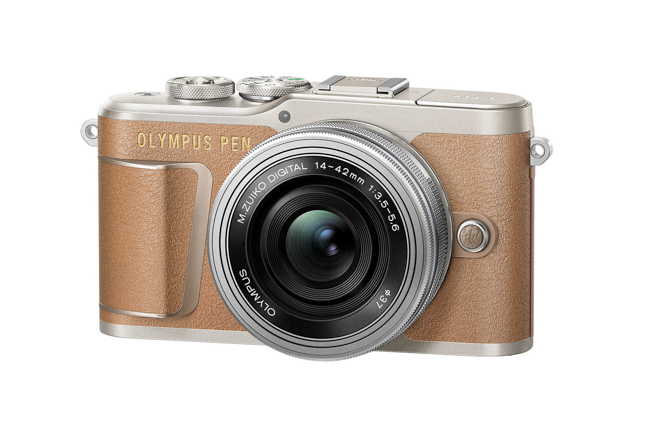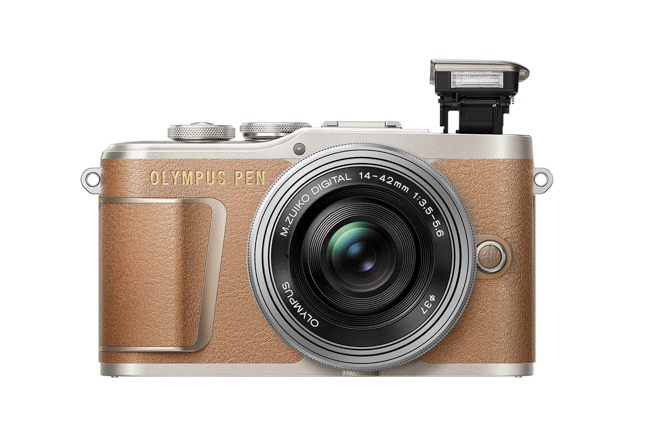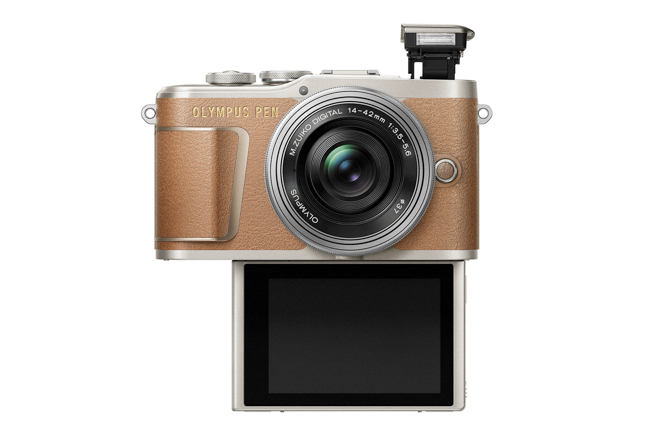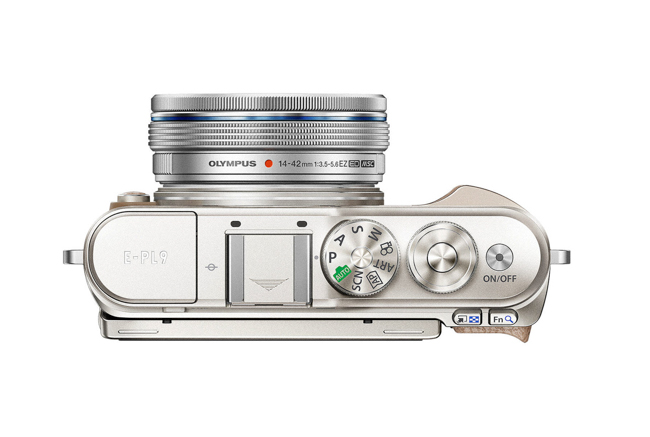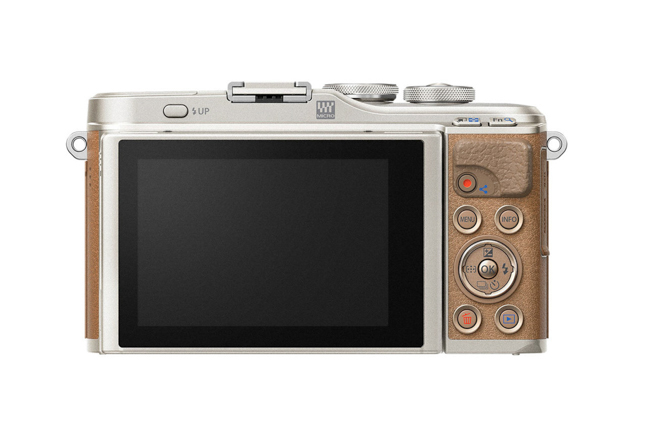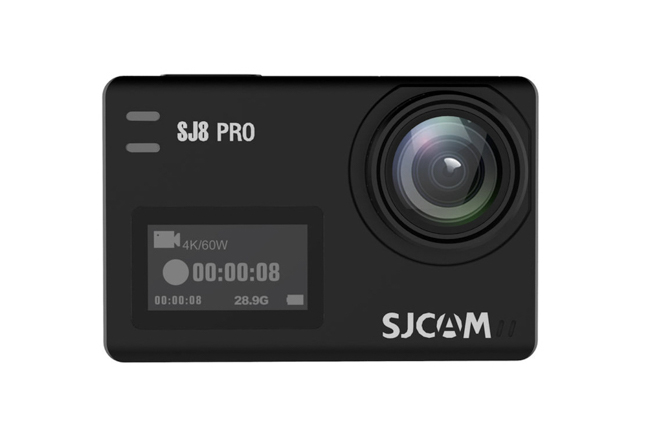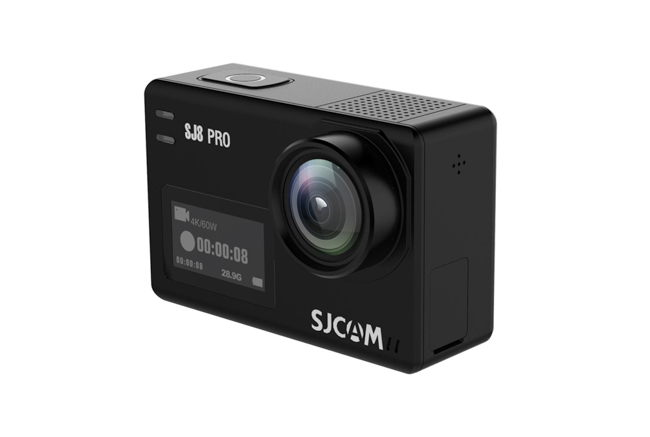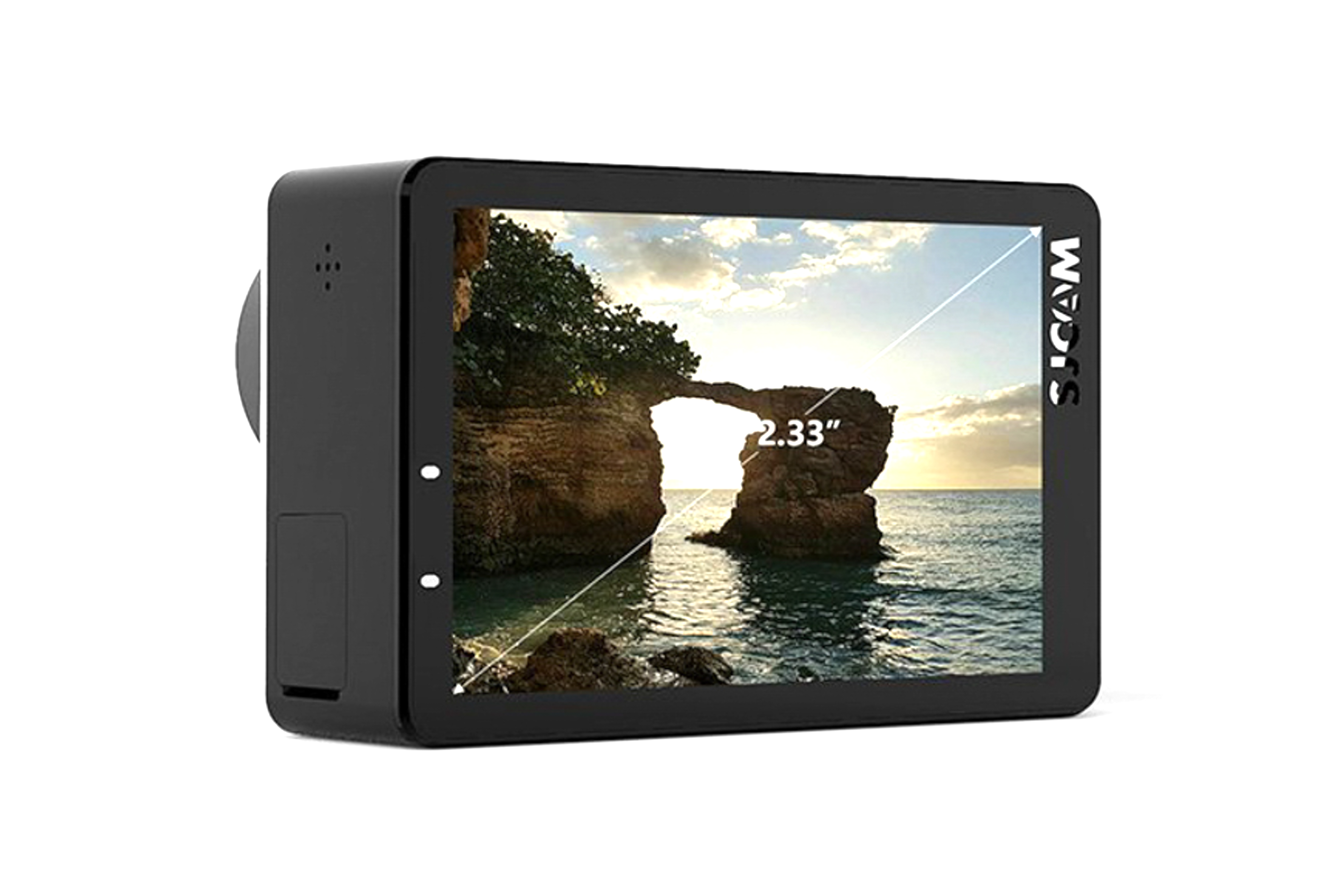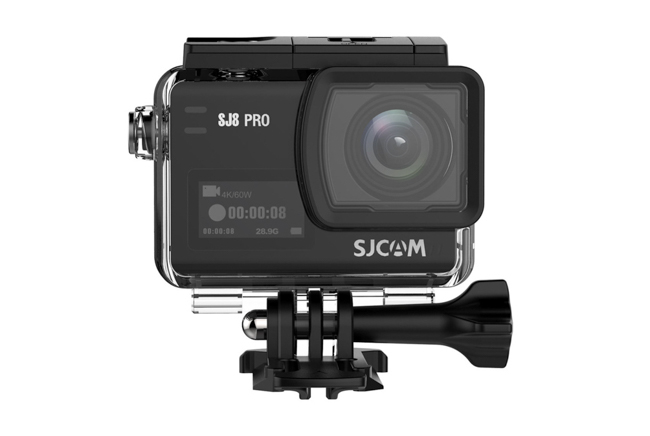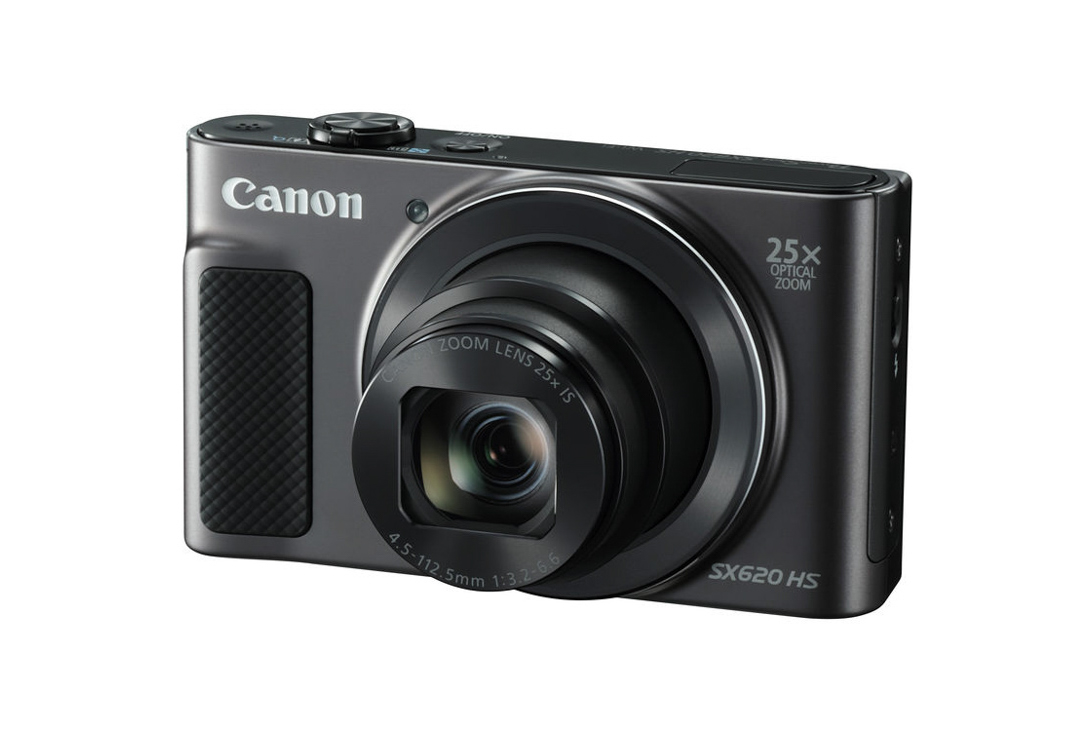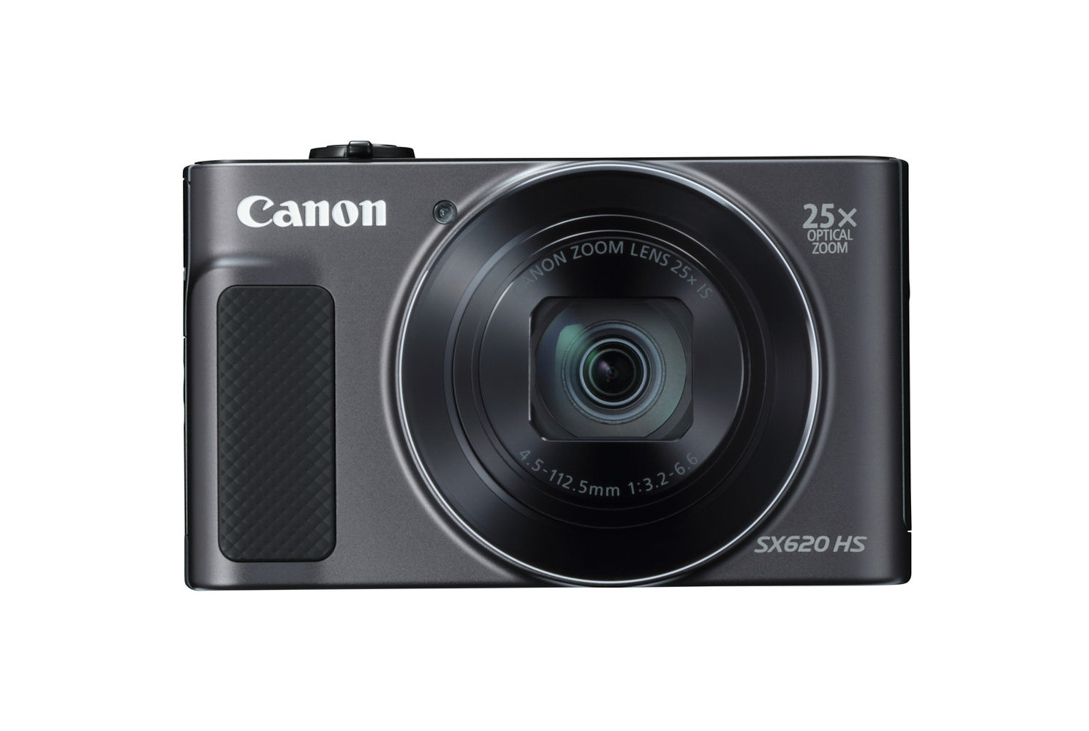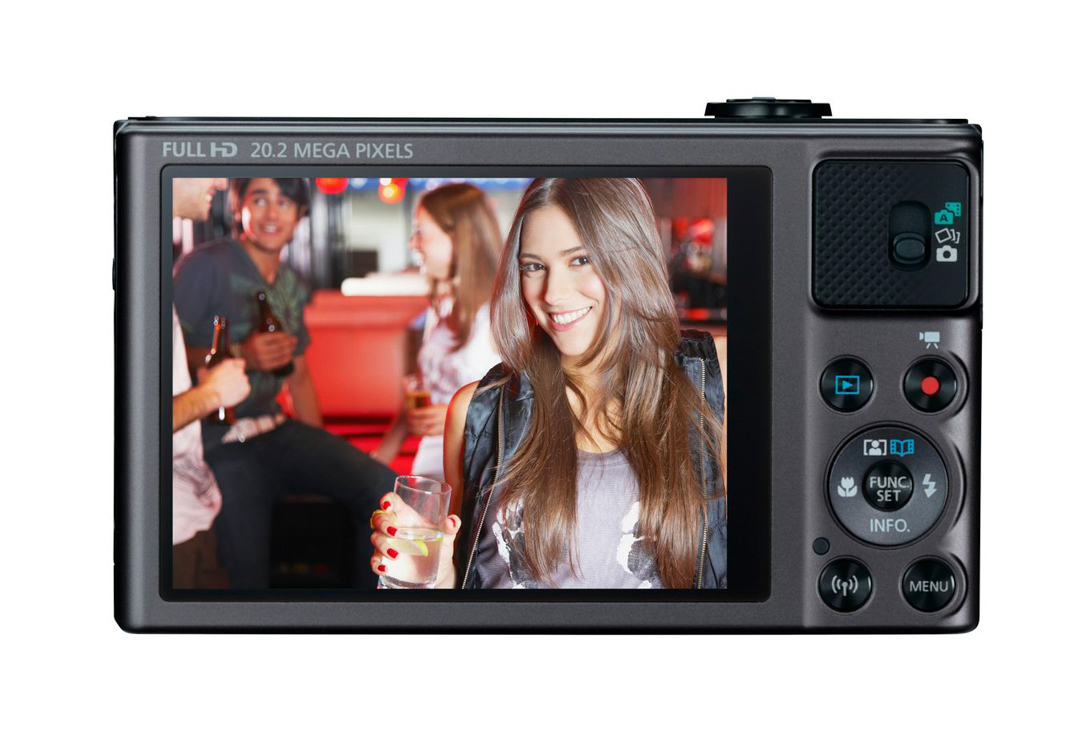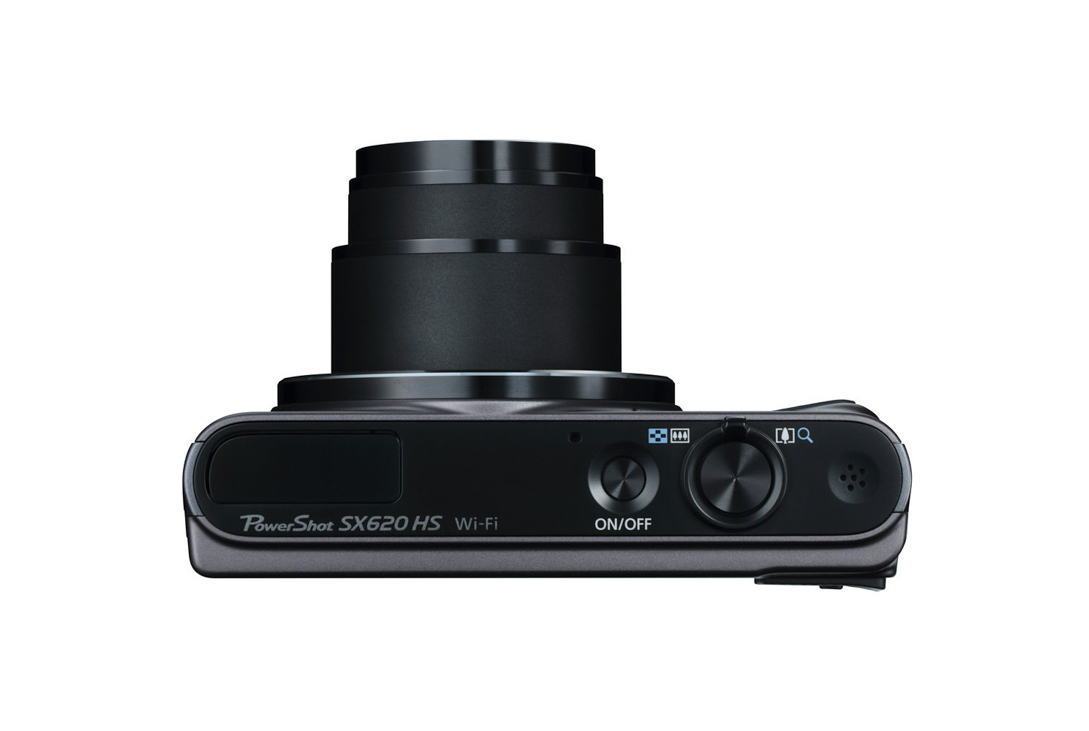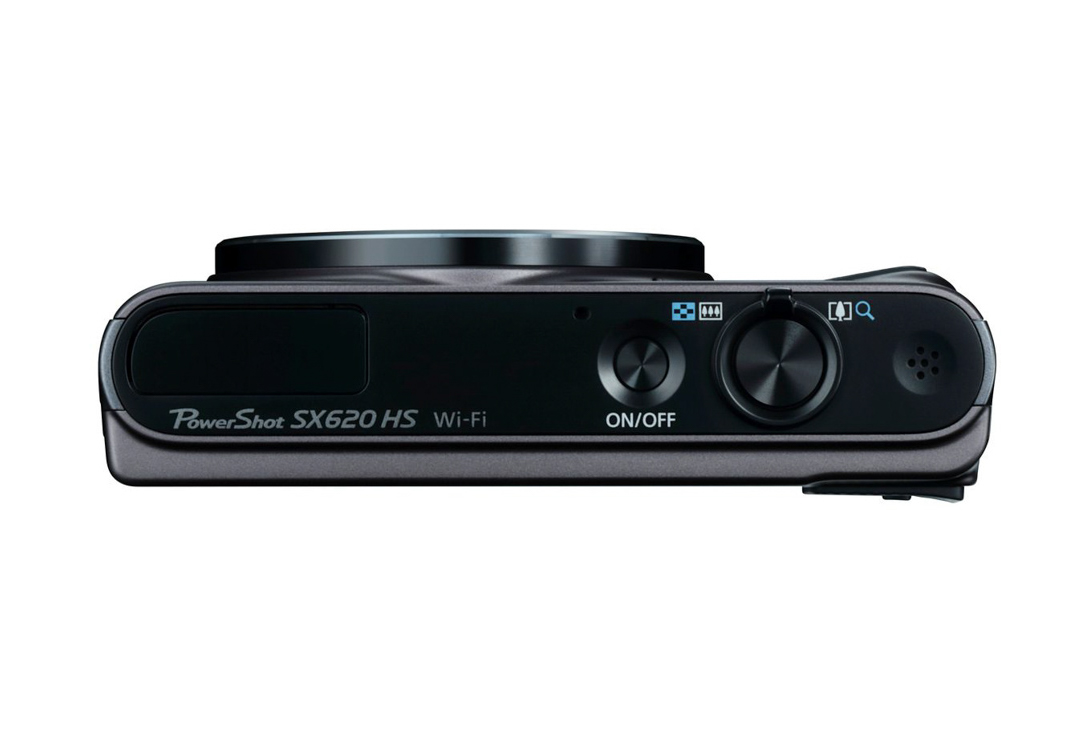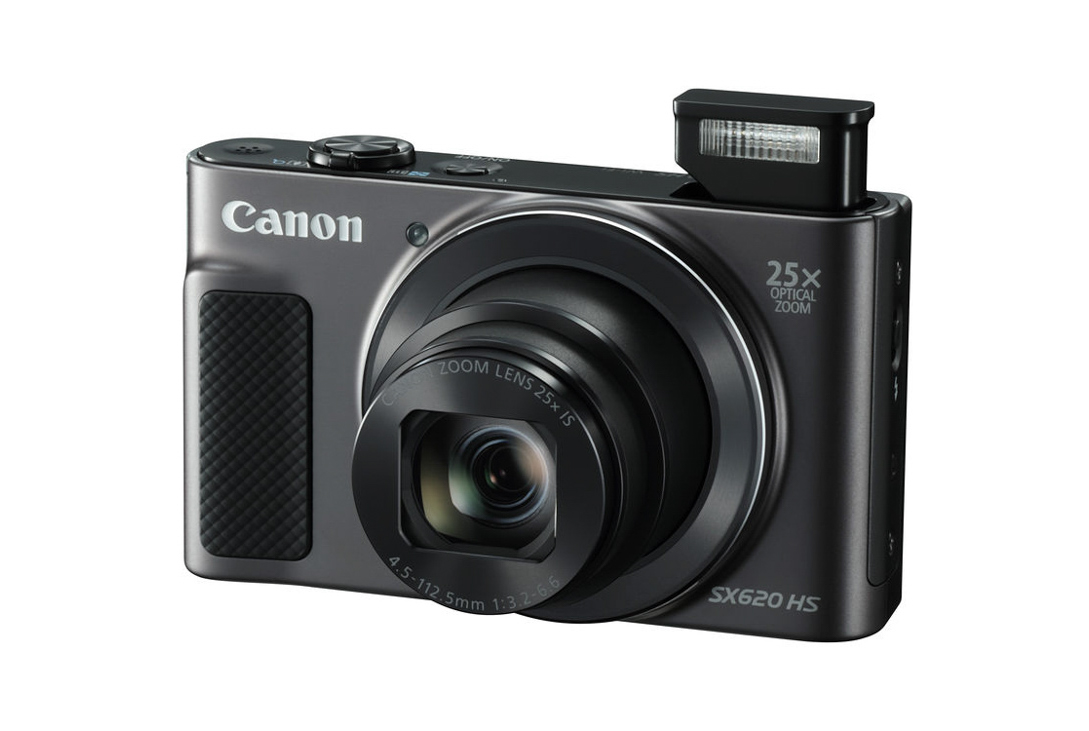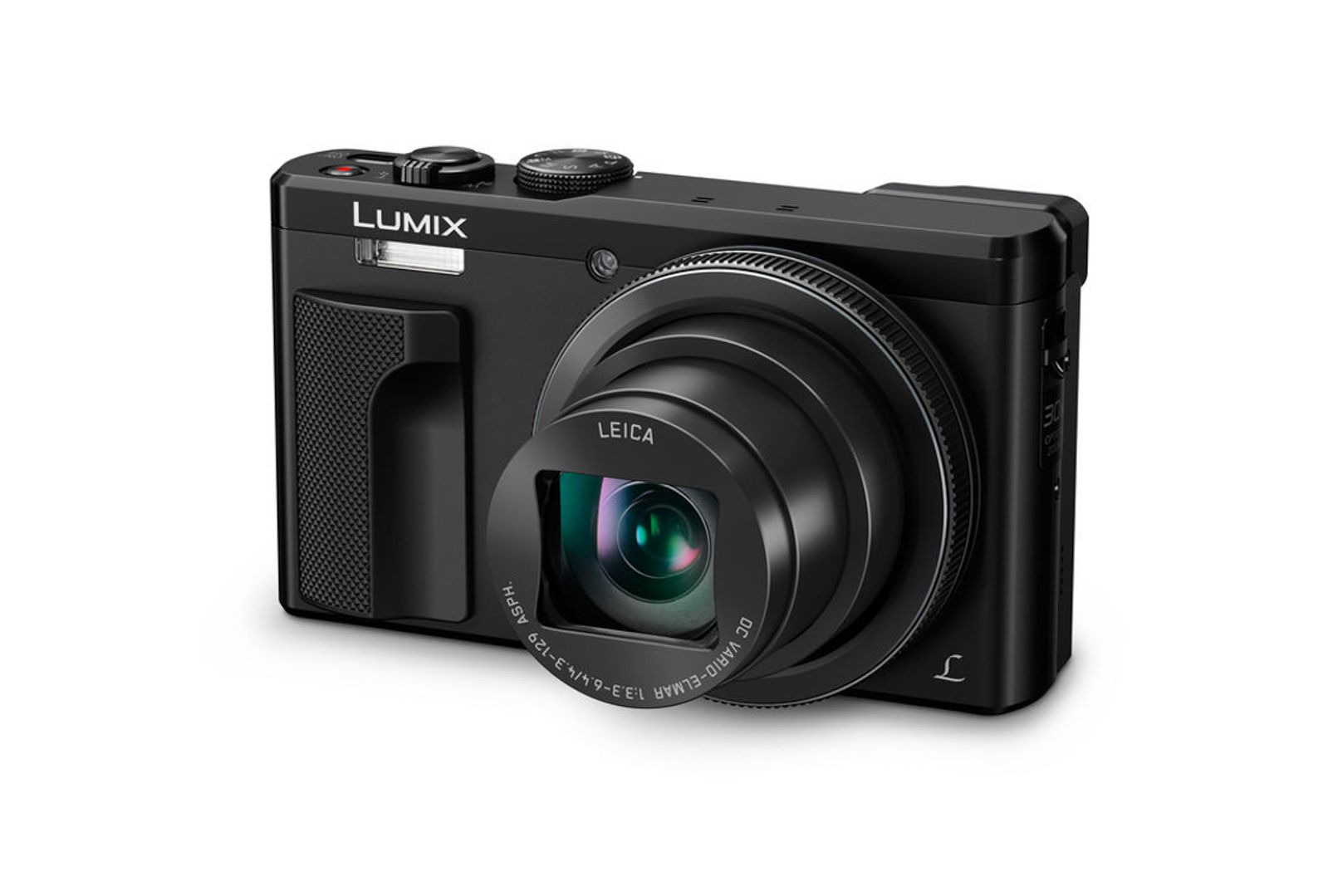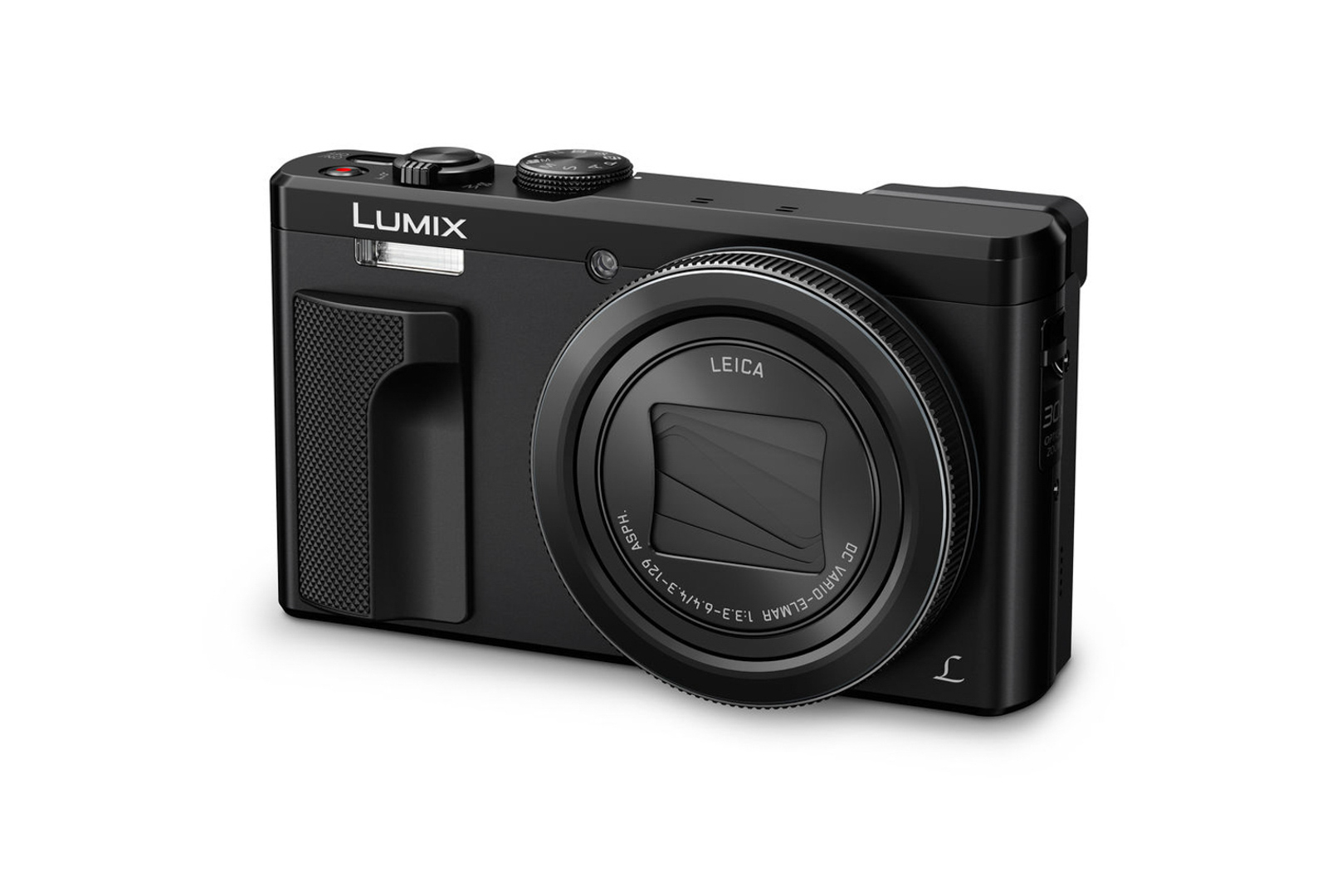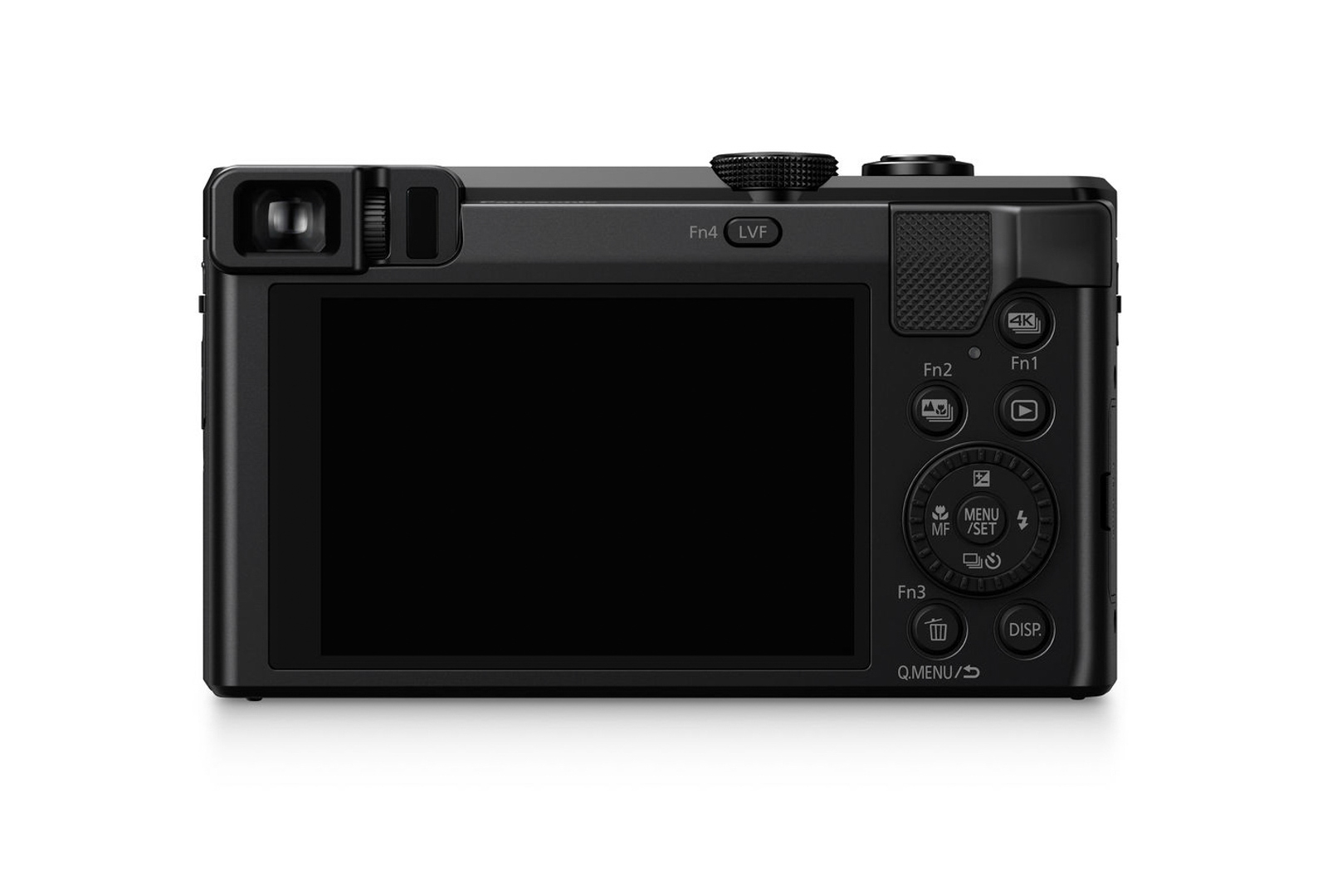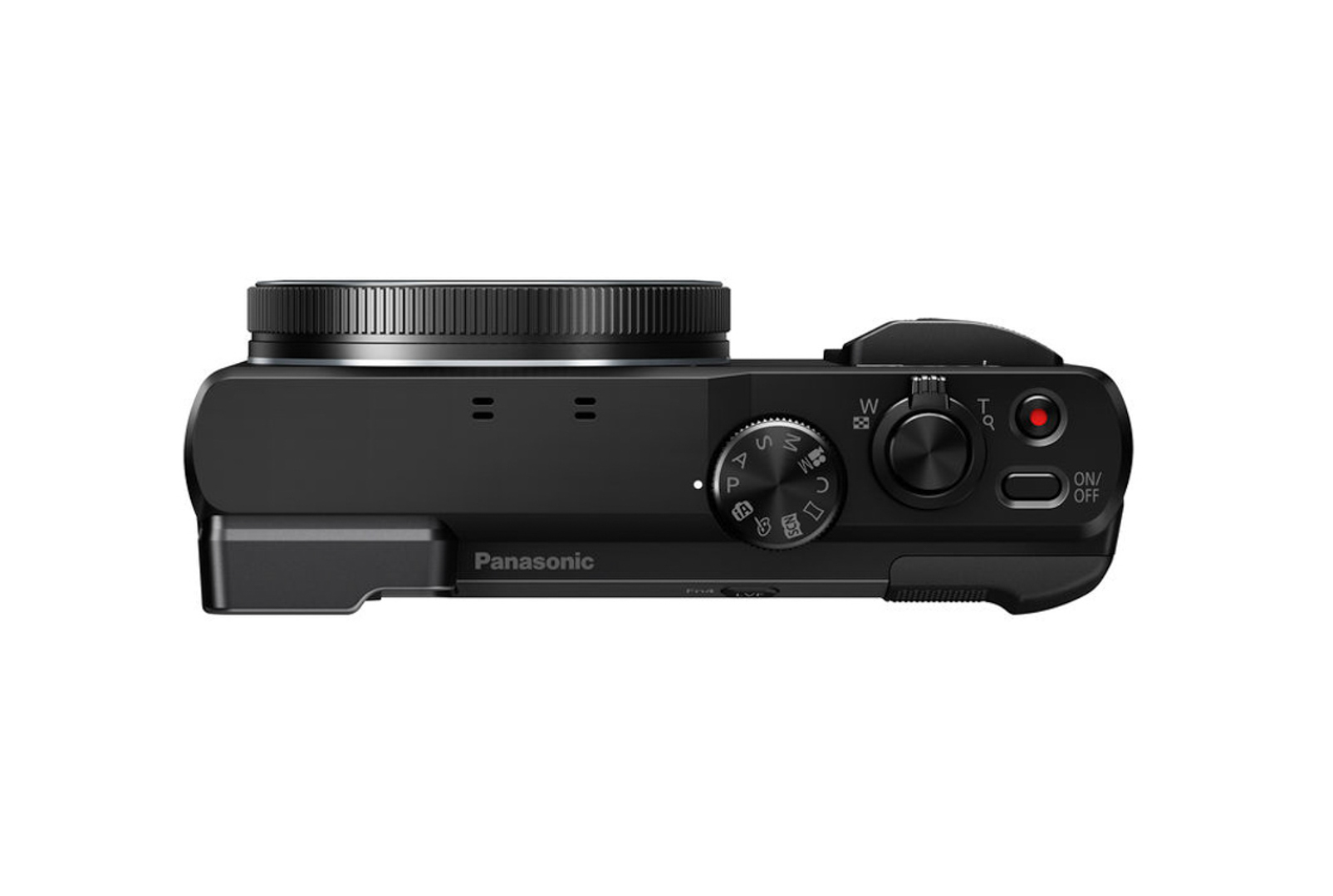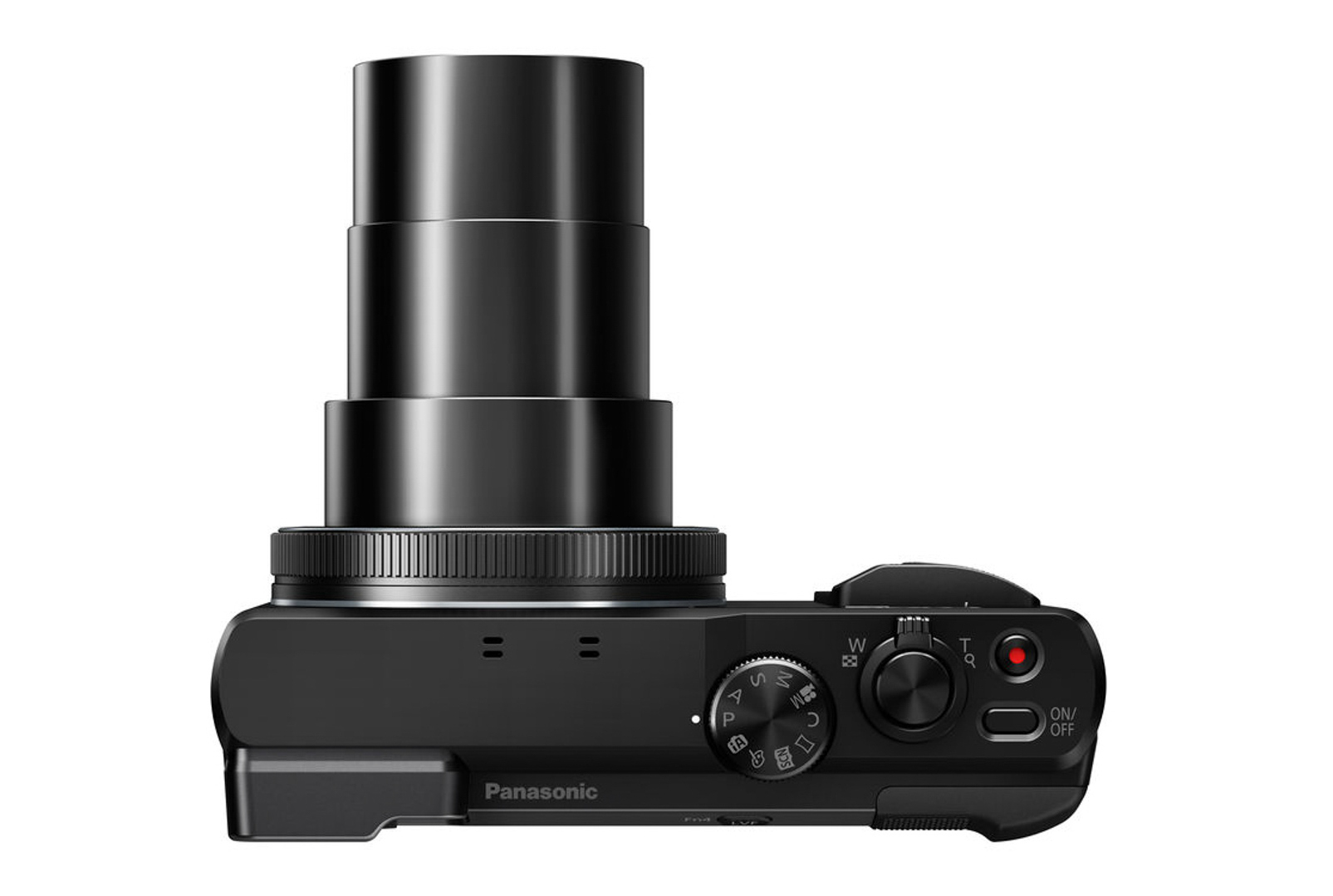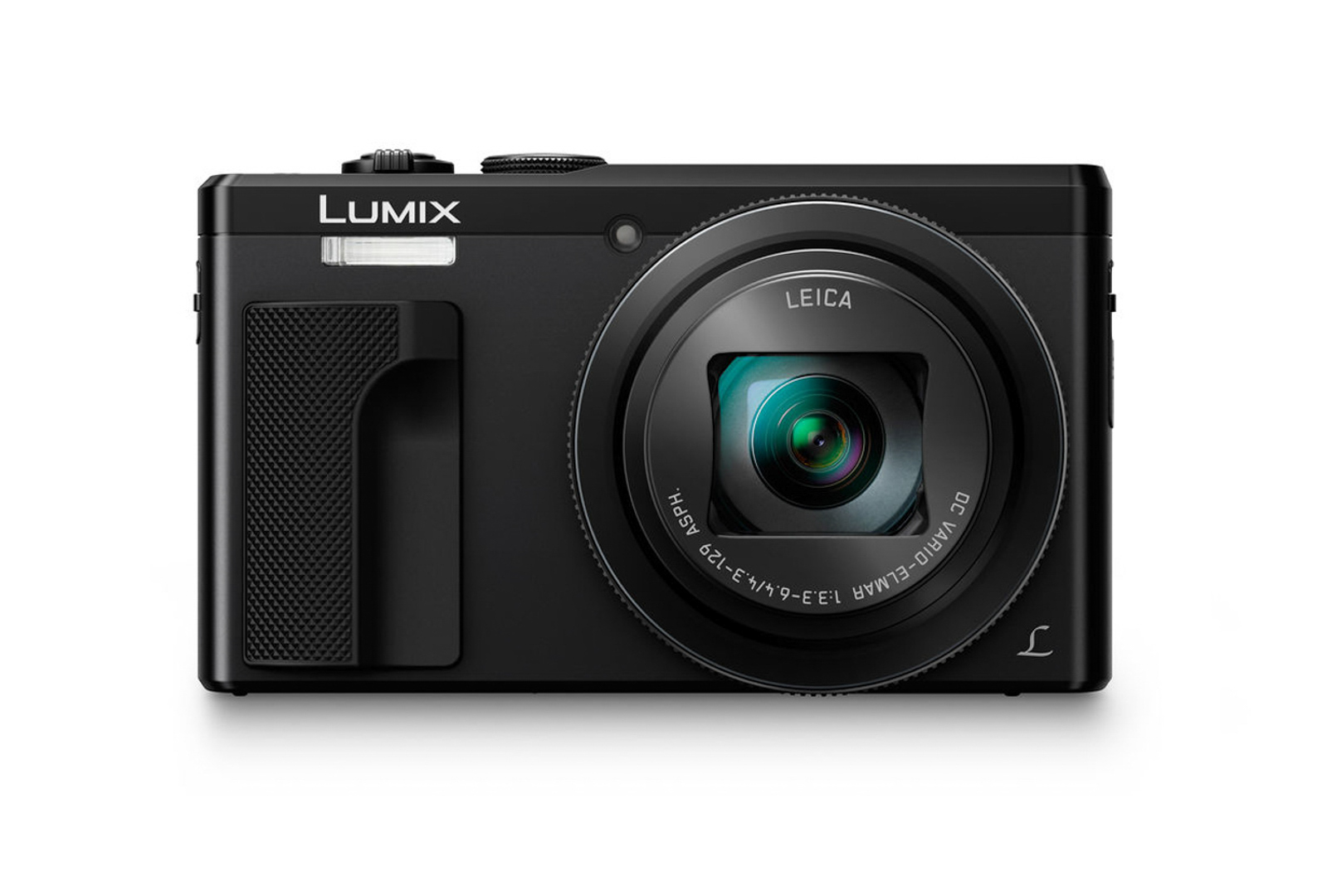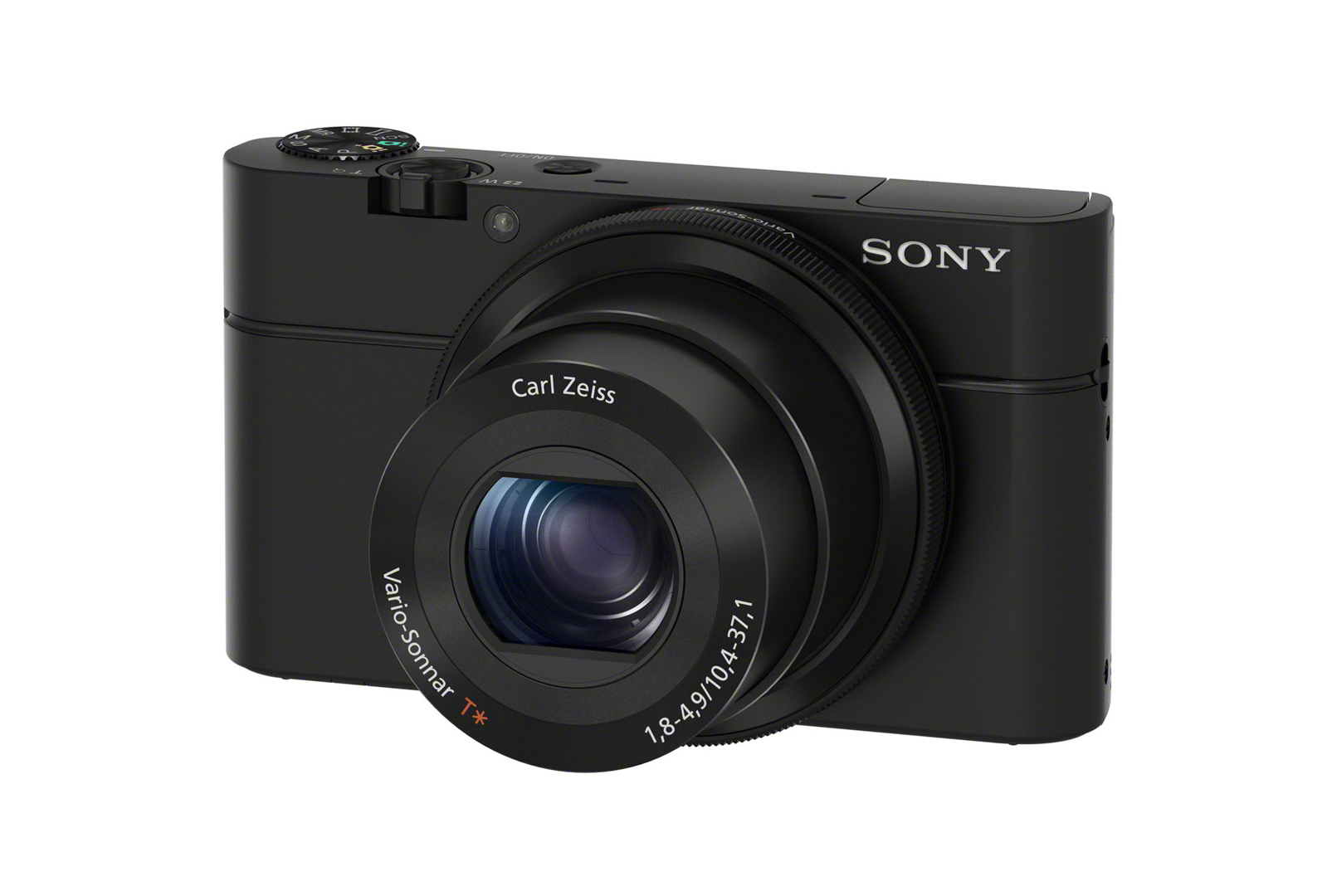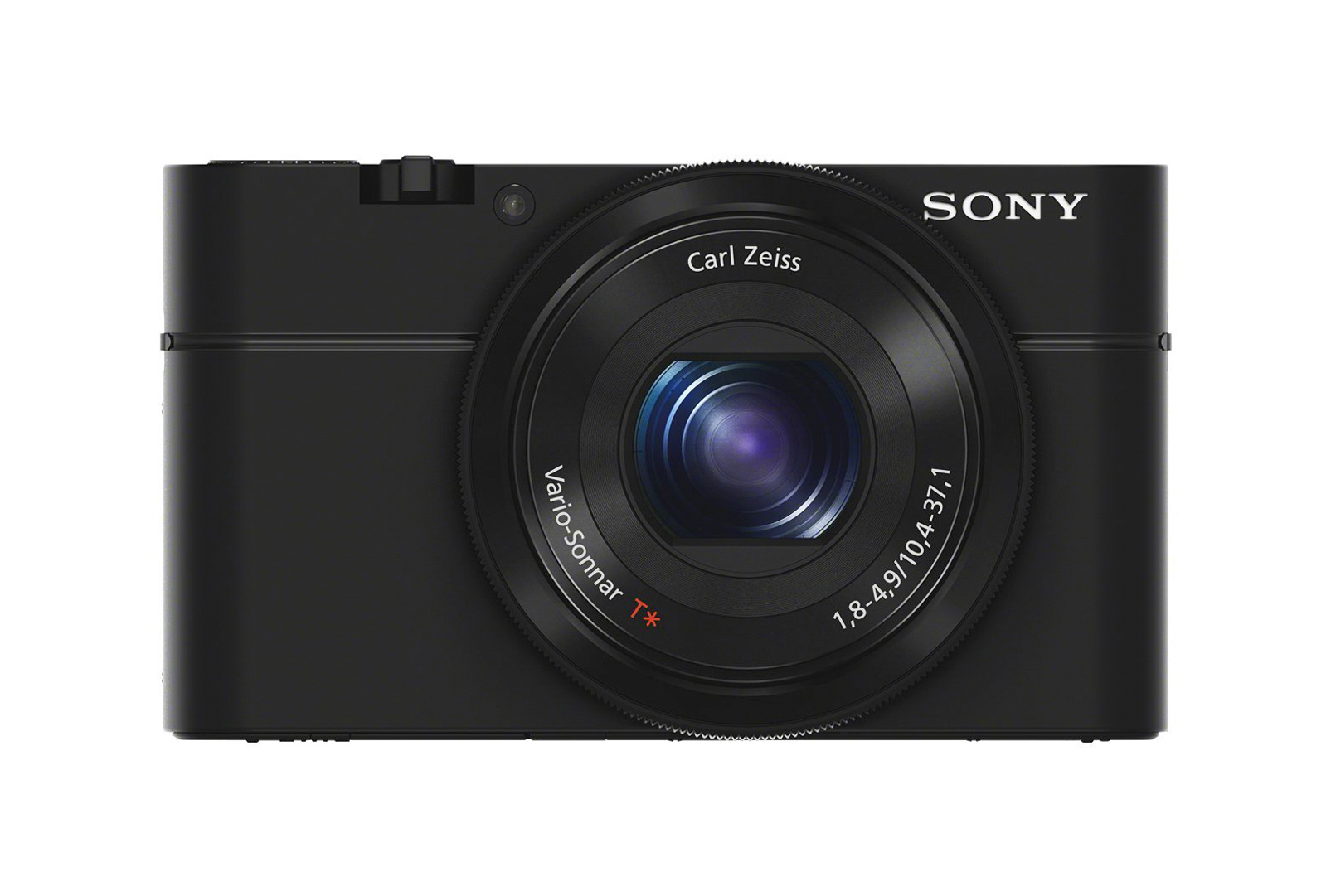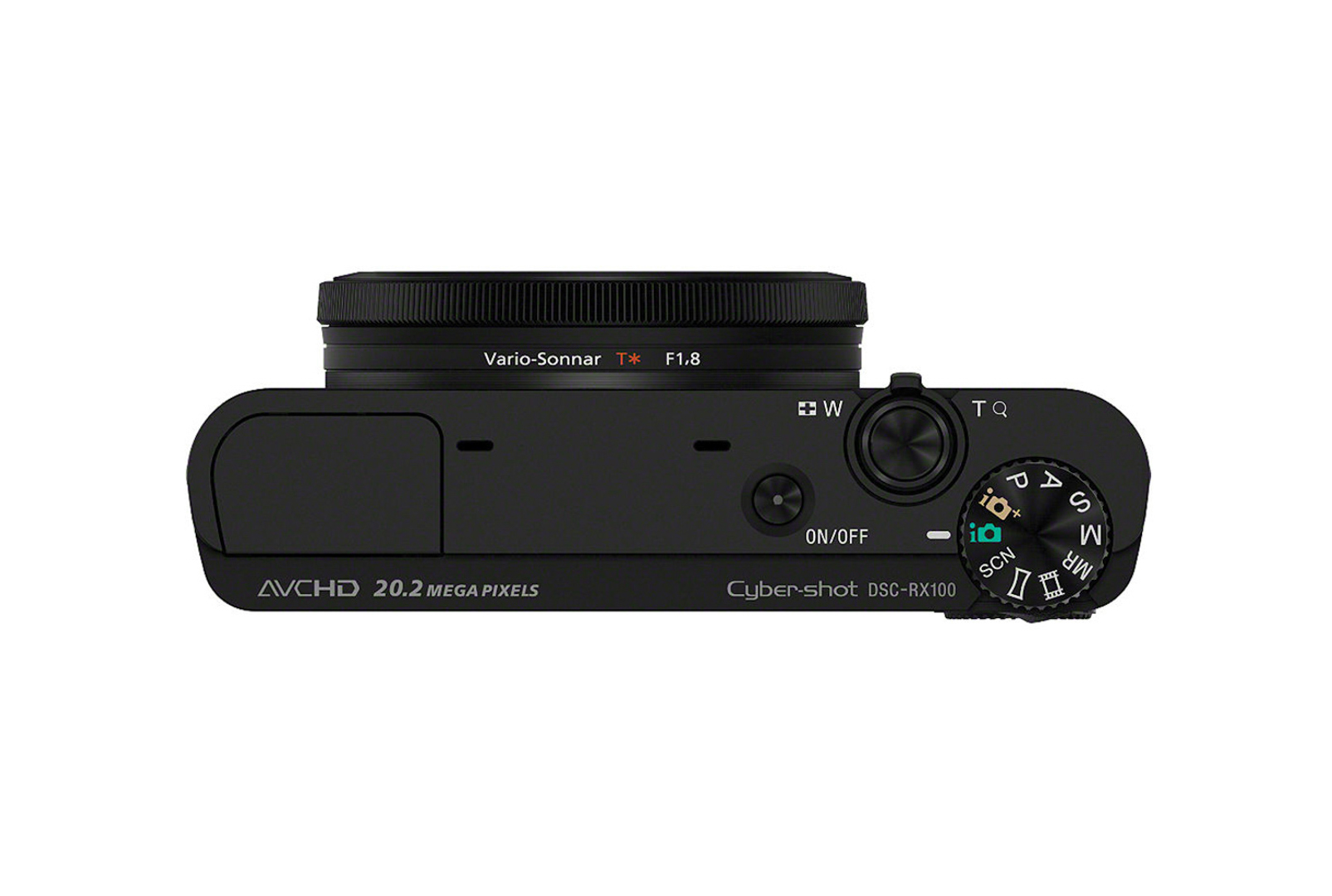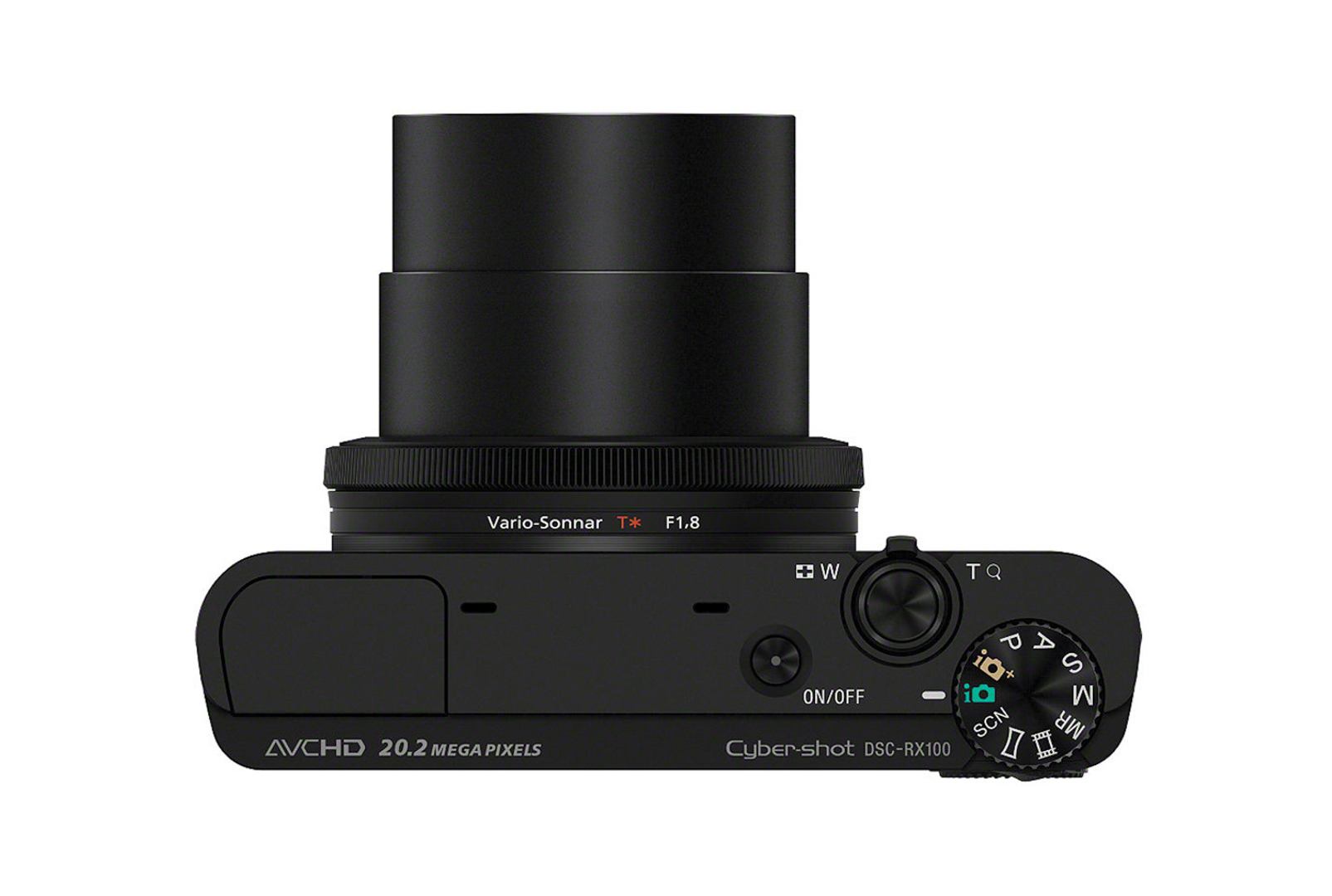The best cameras don’t always have to cost great sums. In fact, if you know what you’re looking for and you’re happy to forgo the latest tech and shiniest features, you can grab yourself an excellent option for less than what you may expect to pay.
How is this possible? Keeping an eye on deals is one option, but asking yourself what you actually need is well worth doing too. After all, today’s cameras are typically specified to a standard higher than the average person needs. Newer models may sometimes have a handful of nice-to-have advantages, but slightly older models are often just as good for the everyday photographer – and they’re often much cheaper.
We’ve done all the hard work of testing and examining the current crop of cameras to find out where the bargains are. So, whether you just fancy a small camera to slip into your pocket for everyday use or something a little more powerful for more demanding subjects, read on.
- Best compact camera: Top compact cameras for all budgets
- Best mirrorless camera: Our pick of the best compact system cameras
- Best DSLR camera: Great value cameras whatever your skill level
1. Canon EOS Rebel T7: Best DSLR overall
Why you can trust Top Ten Reviews Our expert reviewers spend hours testing and comparing products and services so you can choose the best for you. Find out more about how we test.
With the previous EOS Rebel T6 now in camera heaven, the EOS Rebel T7 (known as the EOS 2000D outside the US) steps in its place to provide first-time users on a tight budget with a basic but sound DSLR option. The 24.1MP sensor has the same resolution as many pricer cameras, while the 3in LCD is also the same size as those on many far more advanced models. Wi-Fi allows for fuss-free image-sharing out to the wider world, while Full HD video is also on hand when you need it. There’s also a cheaper EOS 4000D variant in some territories, but the EOS Rebel T7 gives you a more advanced sensor, a much better and larger LCD and a sturdy metal lens mount, which makes it a far stronger model.
2. Nikon D3500: best all-rounder
The impressively compact D3500 is Nikon’s latest entry-level DSLRs, and the company has gone to great lengths to make it as user-friendly as possible for the newbie photographer. The menu interface is great on the eye and the Guide Mode walks you through key shooting options in a way everyone can understand, while the ergonomically designed body is far closer to the pricier D5xxx series than earlier models, with a nice deep grip and an excellent physical control setup. At 1,550 shots per charge, battery life is also considerably higher than we normally find on such a camera while Bluetooth lets you send images to your phone without any fuss. OK, so you’ll have to make do without 4K video, and that LCD screen stays in place at all times, but there’s more to love here than there is to moan about.
3. Canon EOS Rebel SL2: Great first-time DSLR
Canon recently updated the EOS Rebel SL2 (known as the EOS 200D outside the US) with the Rebel SL3, but its continuing presence on the market is great for the bargain hunter after a solid first-time DSLR. You can use it with an exhaustive selection of Canon lenses and the impressive Dual Pixel CMOS AF system kicks into play when using live view and during videos, giving you the smooth and fast focus as you’d expect on a mirrorless or compact camera. The 9-point AF system when using the viewfinder is a little more basic by comparison, but that shouldn’t stop you taking great images. If you’re grabbing it with the default 18-55mm kit lens, make sure that lens has Image Stabilizer (I.S.) written on it – some cheaper options don’t and the small saving you make getting this non-IS lens isn’t really worth it.
4. Nikon D5300: Great if you want to get more creative
If you feel you may quickly outgrow the D3500 above, or you’re lucky enough have a little more cash to play with, the D5300 is where you should turn your attention. While both have a 24MP sensor, here you get a 39-point AF system, a larger LCD that flips out and can be turned to face the front and built-in Wi-Fi, in addition to a microphone port for better audio recording and even an integrated GPS system. So, if you’re on your travels, or you want to get creative and shoot from awkward positions, the D5300 might be a better option. It’s a shame it can’t match the D3500’s 1550-shot battery life, but then no other DSLR in this price bracket can right now either.
5. Canon EOS Rebel T7i: Best advanced beginner DSLR
Much like the D5300, the EOS Rebel T7i (known as the EOS 800D outside the US) is an entry-level camera that gives you more to play with and a superior performance next to the more basic DSLR offerings on this list. While the model came along before 4K video started to become standard on such cameras, there’s a great range of physical controls, a flip-out LCD that responds to touch and Canon’s excellent Dual Pixel CMOS AF system for fluid focus in live view and during video recording. And when you’re using the viewfinder to shoot images, you get a comprehensive 45-point AF system, with each point being cross-type for extra sensitivity.
6. Canon EOS M100: Best mirrorless camera overall
This is one of the cheapest mirrorless cameras around, but there are good reasons to consider it over Canon’s more established DSLRs. It’s small, light and comes with a very compact 15-45mm lens as standard, while the flip-up touchscreen is great for selfies. The Dual Pixel CMOS AF system provides speedy focus while Wi-Fi, NFC and Bluetooth also let you get connected to a smart device as simply as possible. The only thing you might want to think twice about is the lens selection, which isn’t too great next to those from rival cameras. But if you don’t plan on building up a whole system and you just need one or two lenses to give you some flexibility, it’s remains a sound option.
7. Olympus OM-D E-M10 Mark II: Most stylish
The OM-D E-M10 Mark II is another example of a mirrorless camera that may not longer be the newest in the series, but that still packs a punch – and its handsome looks don’t hurt it either. With image stabilization built into it you don’t have to worry about having this in the lens, and as a member of the most mature mirrorless system around, lens options are plentiful. Its small size makes it ideal for travels and holidays, while its tilting touchscreen makes light work of focusing on subjects from all kinds of angles. Pair it with a small lens and you’ve got yourself a camera that’s far more powerful that it might appear to the eye, although the 2x crop factor from the sensor means that it’s great whenever you need extra reach, perhaps for wildlife, nature or sports.
8. Panasonic Lumix GX85: Pocket powerhouse
Panasonic has made a habit of packing plenty of tech into its G-series mirrorless bodies and delivering them at very competitive price points, and the Lumix GX85 (known as the Lumix GX80 outside the US) exemplifies this perfectly. What other mirrorless camera delivers 4K video, a high-resolution electronic viewfinder, sensor-based stabilization and a tilting touchscreen this cheaply? This all means that it’s still relevant three years since its release, although the grip could be a little more ergonomic and those want to use longer lenses might want a more substantial body. Still, you get lots of Micro Four Thirds lenses to choose from, and as a further bonus, you can easily get it into a coat pocket with the default 12-32mm f/3.5-5.6 ASPH MEGA O.I.S. lens.
9. Sony Alpha A5100: Best bargain mirrorless camera
The A5100 might be almost five years old and at the bottom of Sony’s impressive mirrorless camera portfolio, but don’t let that fool you into thinking it’s no longer a great choice. Its 24.3MP sensor, 6fps burst shooting mode and Full HD video options are still the kinds of features we see on entry-level models released today, while the hybrid AF system is something many cheap mirrorless cameras don’t even have. The E PZ 16-50mm F3.5-5.6 OSS default kit lens is also a very compact pancake-style zoom, which means you can take this anywhere. It might not have the very latest tech on board, but there are good reasons Sony has kept this camera going this long.
10. Olympus PEN E-PL9: Best for the fashion conscious
The PEN E-PL9 stands out for its attractive design, but it isn’t just a looker – it’s pretty advanced on the inside too. The 16MP sensor isn’t quite the newest or the most advanced, but the fact that it’s stabilised gives the camera an advantage over rival bodies from the off as you don’t need to worry about this being in the lens. It also records 4K videos, which we don’t always see on mirrorless models at this price point, and has a display that flips all the way around to face the front for selfies. It’s also compatible with many compact Micro Four Thirds lenses, so you can pack a few different options without the whole kit weighing you down. It’s a touch on the pricer side, but it does deliver a fair bit over some of the other mirrorless cameras on this list.
11. SJCAM SJ8 PRO: GoPro rivalling bargain
GoPro may be the brand that comes to mind when you think of action cameras, but a raft of rivals have been battling the market leader for some time with their own competitively priced offerings. And the SJCAM SJ8 PRO delivers a dazzling set of specs at a surprisingly low price, including 4K video recording to 60p, a 2.33-inch touchscreen on the rear, a further display on the front, raw shooting and six-axis stabilization. Unlike GoPro’s offerings it’s not waterproof on its own, but you can easily grab a case for it you plan on shooting anything underwater.
12. Canon PowerShot SX620 HS: Best travel zoom compact
Some superzoom compacts are a little too ambitious for their own good, but the PowerShot SX620 HS keeps things relatively restrained so that it maintains a certain standard of performance. The 20.2MP sensor offers a very respectable output size, while the zoom range stretches to a setting equivalent to 625mm, which is plenty for most users. It’s great to find both Wi-Fi and NFC on board to help you get connected to a smart device without any faff, and there’s even a small flash concealed in the top plate for extra illumination. Admittedly, there’s no 4K video nor a touchscreen, though neither is really critical on a camera of this kind.
13. Panasonic Lumix ZS60: Great vacation compact
Packing a big zoom lens, a viewfinder and some impressive tech in such a small body, the Lumix ZS60 (known as the Lumix TZ80 outside the US) provides far more control than we’d usually get at this level. Raw shooting gives you a better starting point for image processing later on, while 4K video captures far more detail than the Full HD option on rival cameras. Handling is also very nice on account of a defined grip and thumb rest, although to squeeze such a huge lens into that body the sensor is on the small side. So it’s perhaps better when light is good rather than at night and indoors, where it can really show you what it’s capable of. Be warned: with the Lumix ZS70 and and more recent Lumix ZS80 now on the scene, the ZS60 probably won’t be around for a great deal longer.
14. Panasonic Lumix FZ80: Great value bridge camera
Few cameras manage to offer a zoom lens like the Lumix FZ80 (known as the Lumix FZ82 outside the US), and the fact that it begins at 20mm (in 35mm terms) makes it particularly useful for travelling photographers shooting landscapes, cityscapes and any other scenes where you need to get lots into the frame. Other perks include 4K video recording, a touchscreen and an effective image stabilization – which is probably just as well. Is there room for improvement? The screen doesn’t tilt away from the body, which some may expect, and the viewfinder is a little on the small side, although this is generally the case on cameras of this sort. This is a little pricier than some of the other options here, but you do get your money’s worth.
15. Sony RX100: Best bargain enthusiast compact
Small cameras with large, high-quality 1-inch-type sensors are now fairly common, and this was the camera that started that trend. The RX100 delivers great image quality in a tiny package, with a modest 28-100mm lens but fast burst shooting, great Full HD video quality and effective Face Recognition, all inside a tough metal body. As an older model you do miss out on some mods cons, such as 4K video and a tilting touchscreen, and there’s also no viewfinder. But if you’re serious about image quality and you’re on a shoestring, you could do much worse. Got a bit more money to spend? Successive RX100 models that are all still available each add a few extra niceties in line with slightly higher price tags.
* Lens measurements given in 35mm-equivalent terms.
